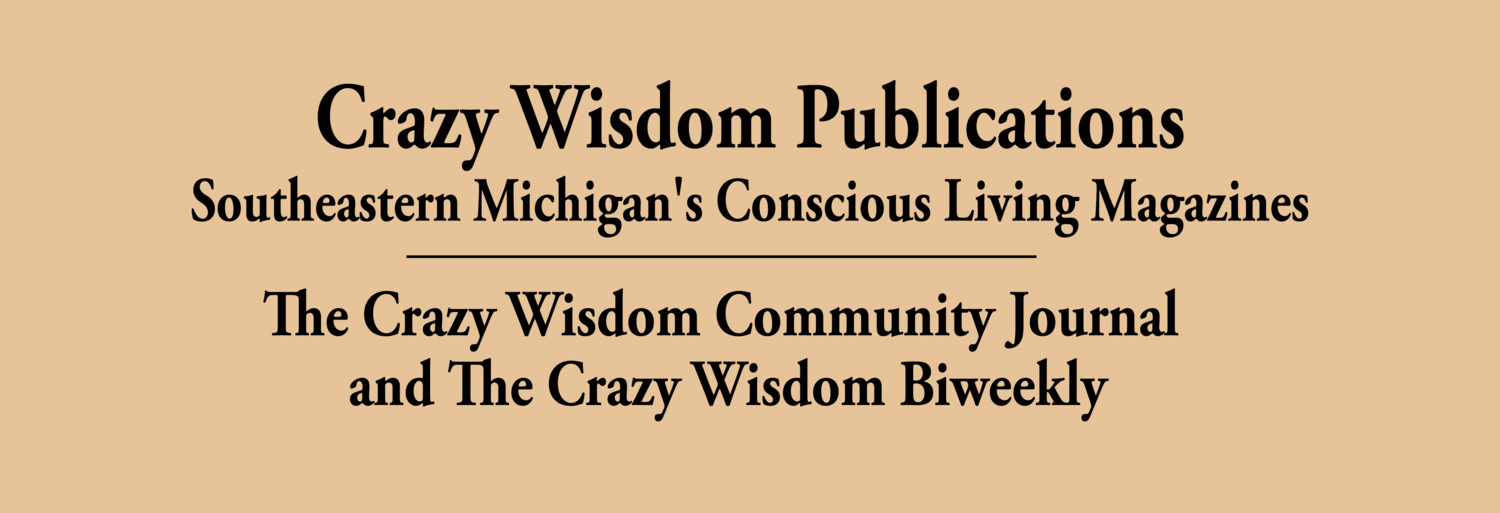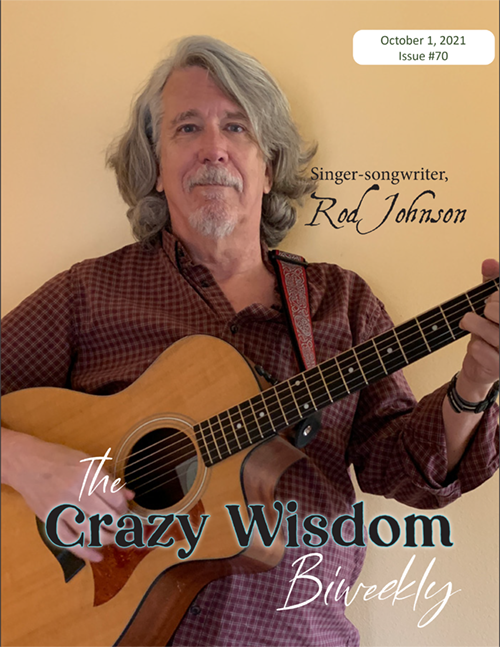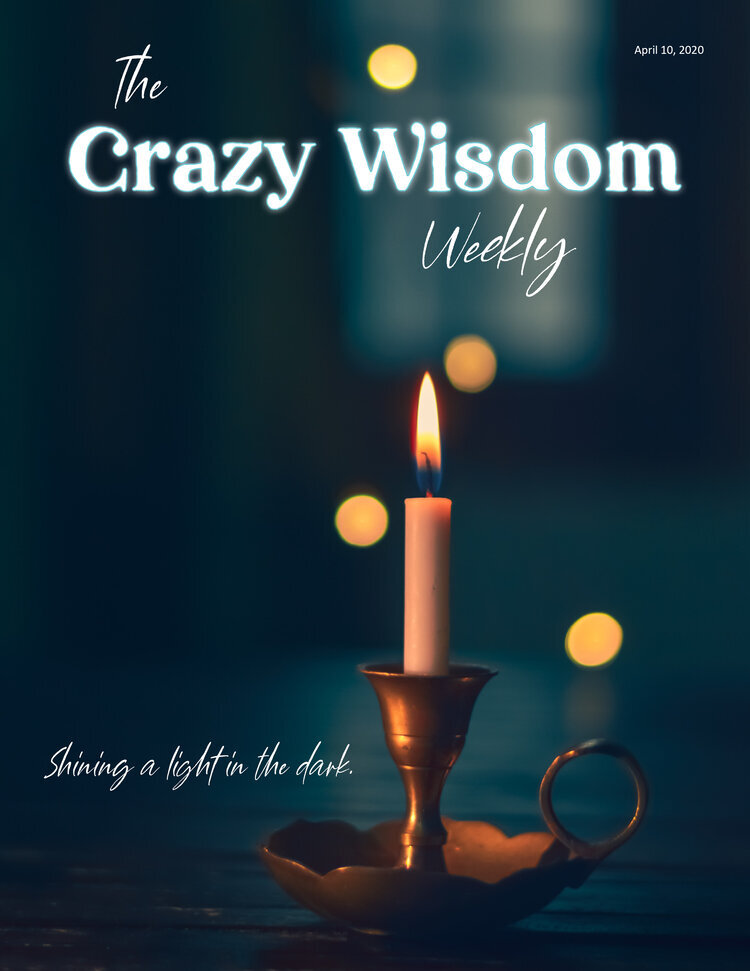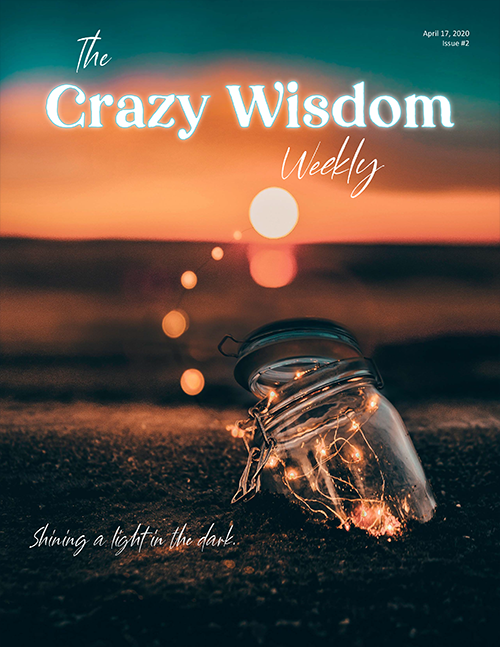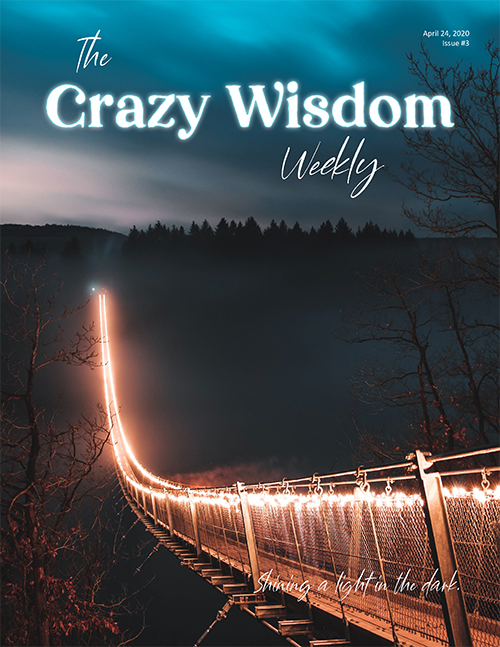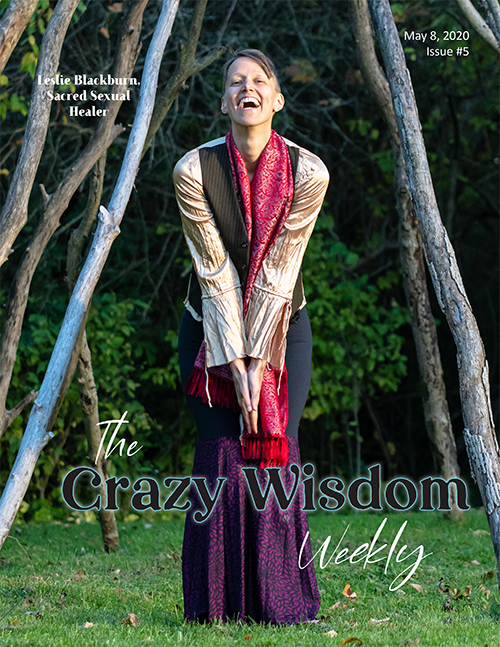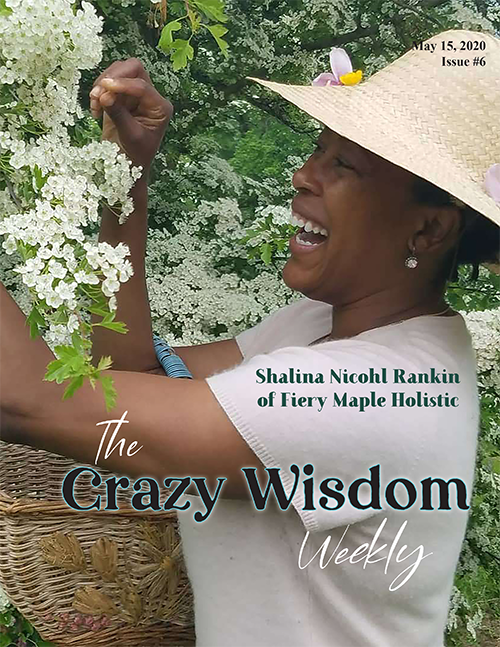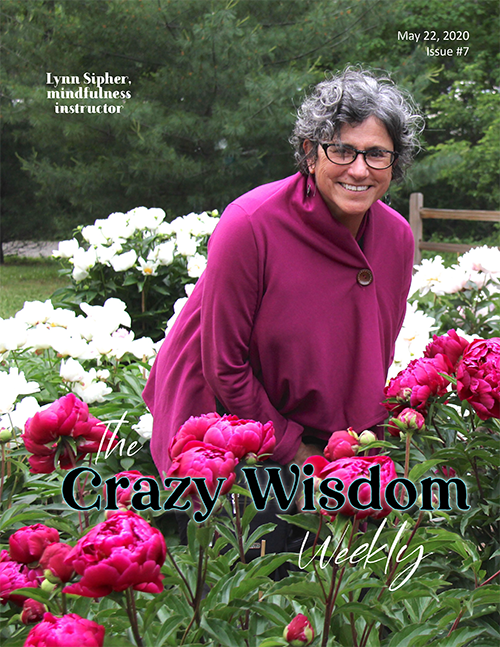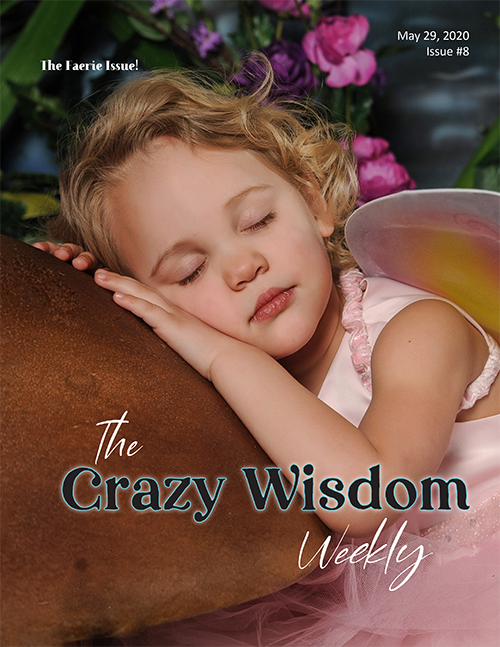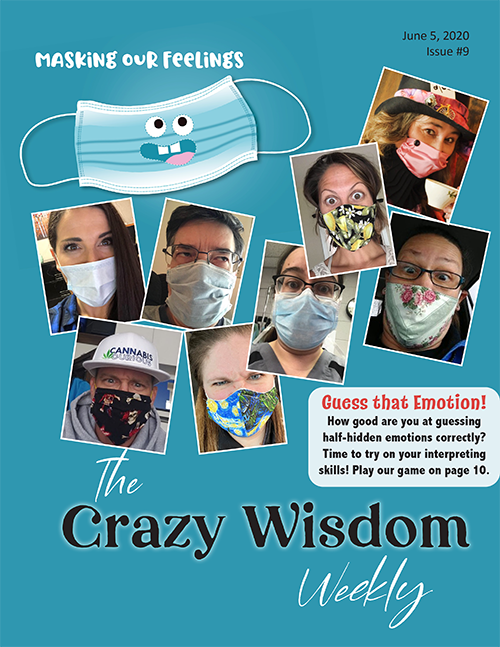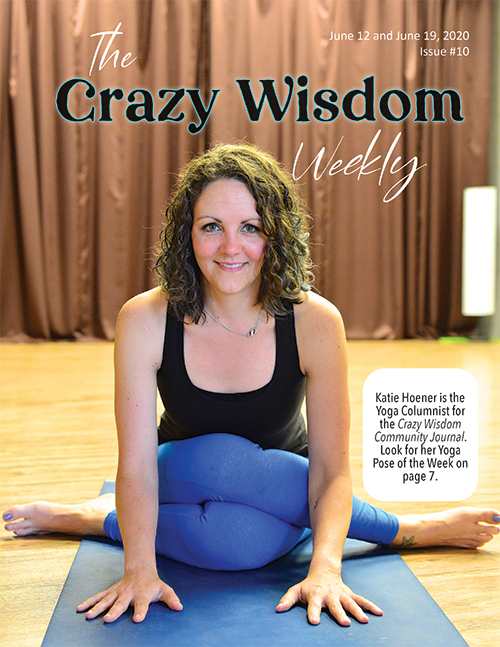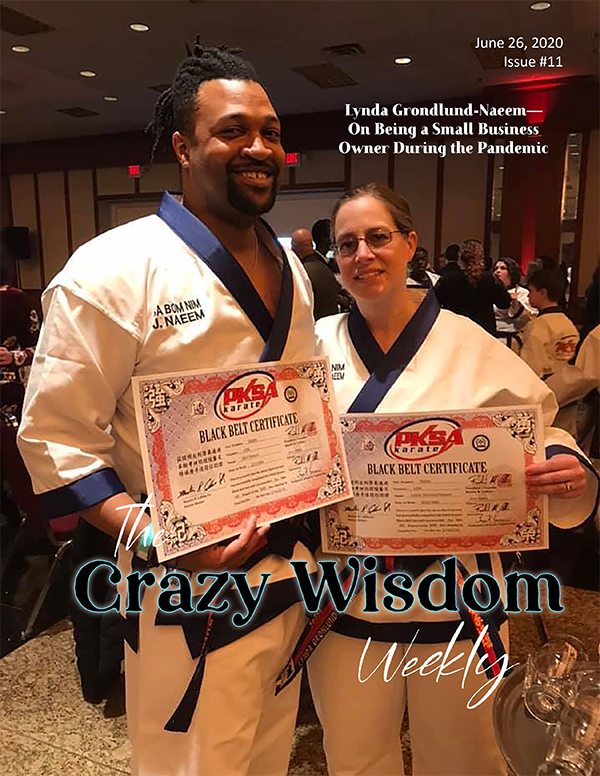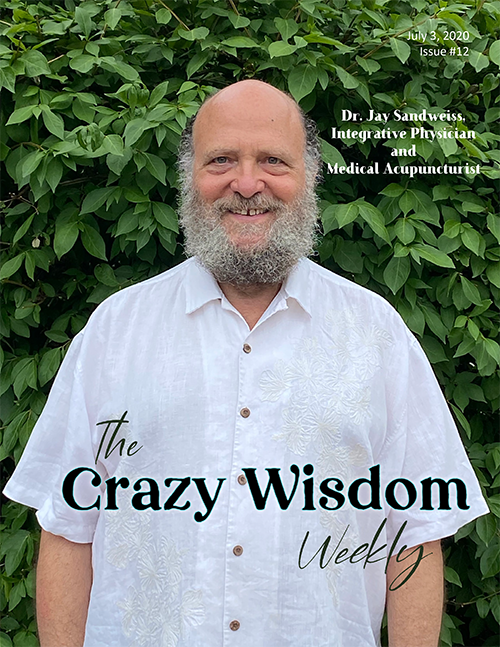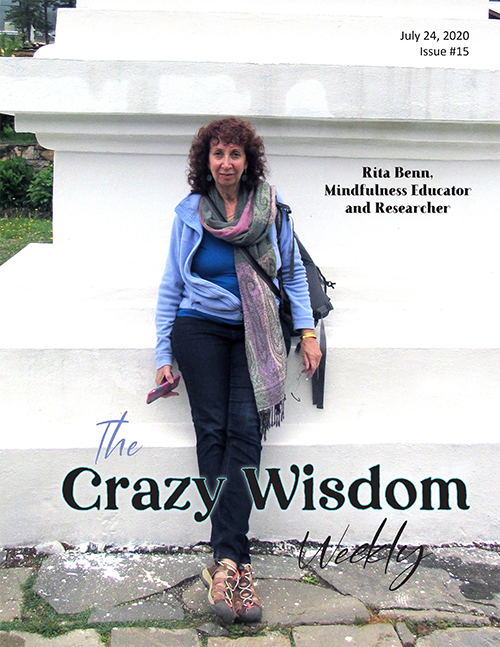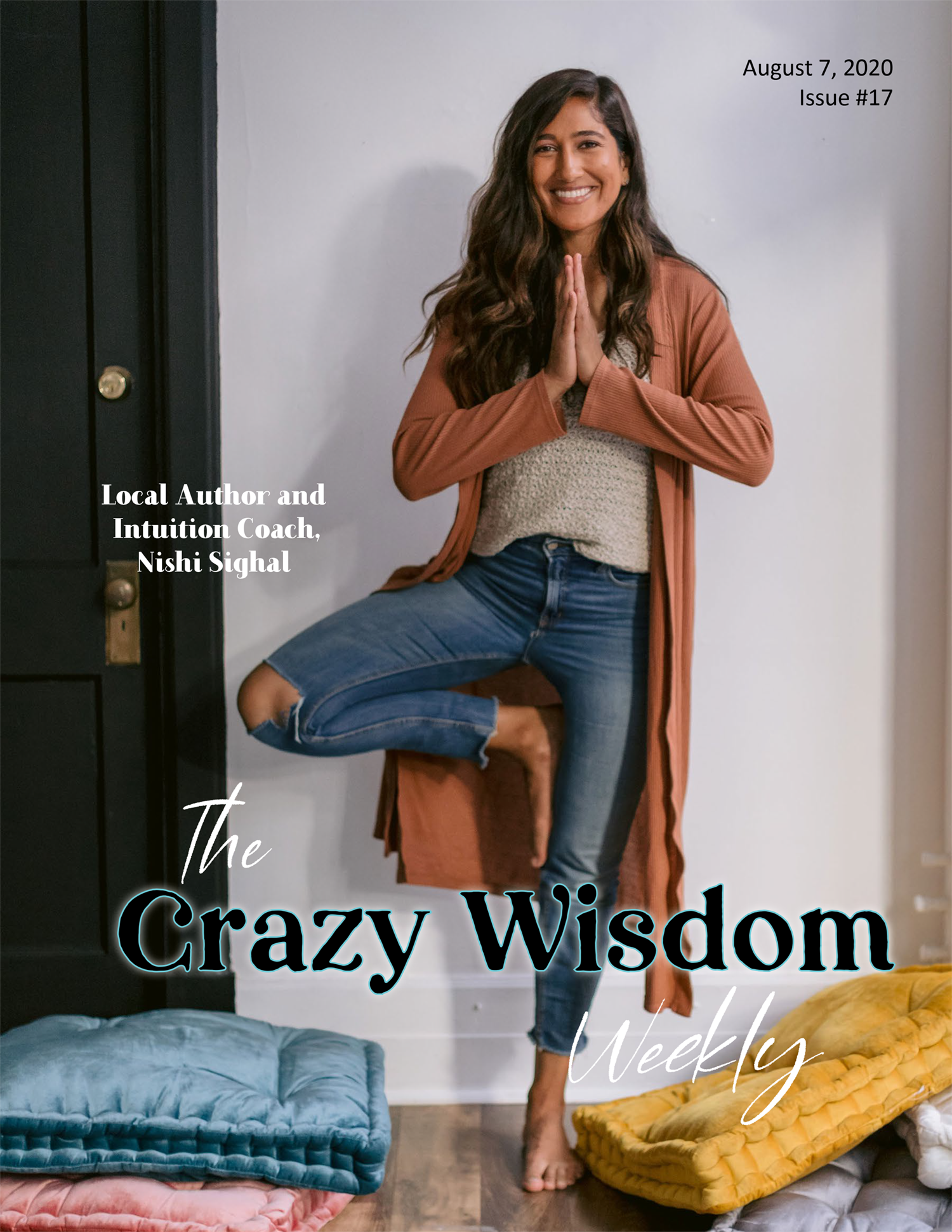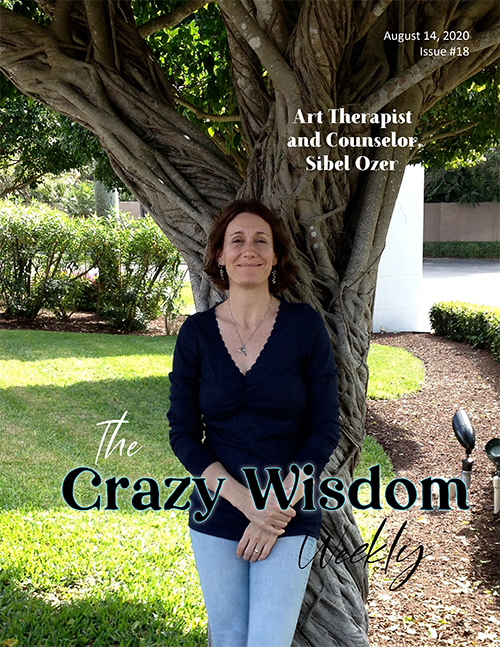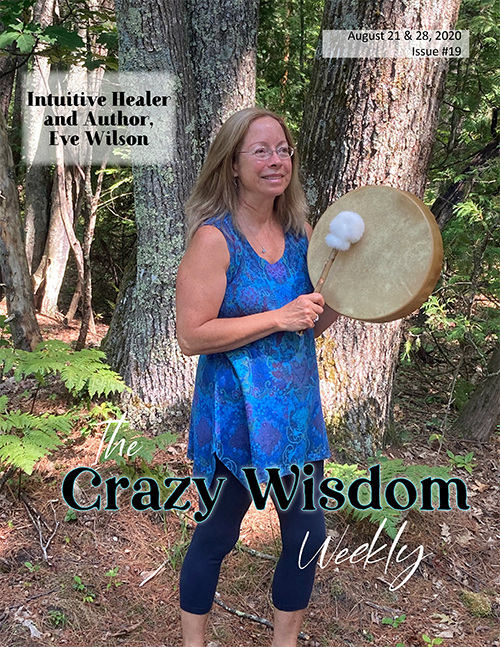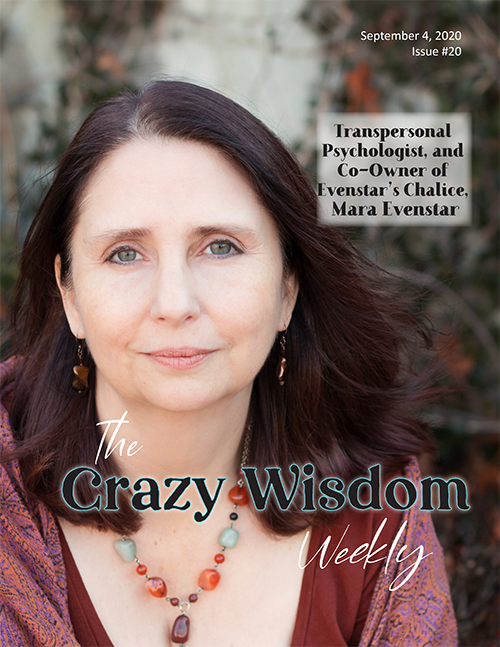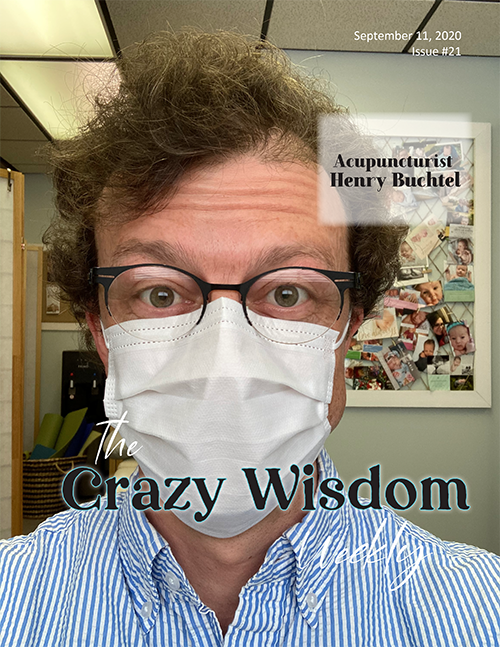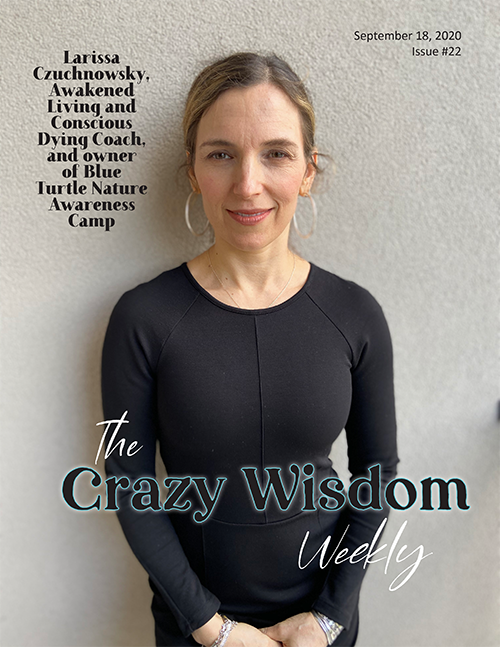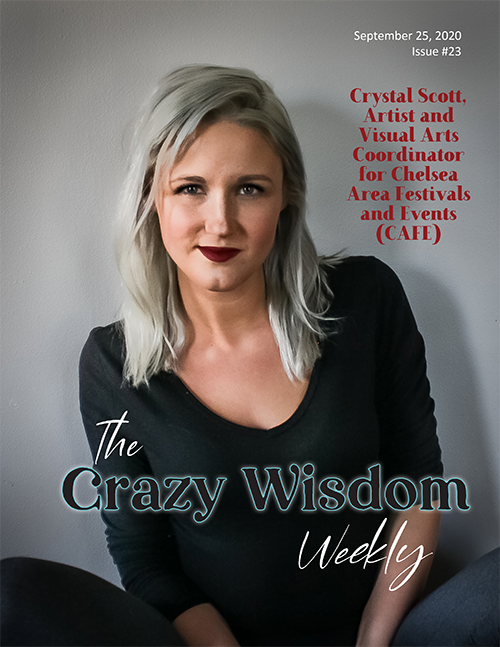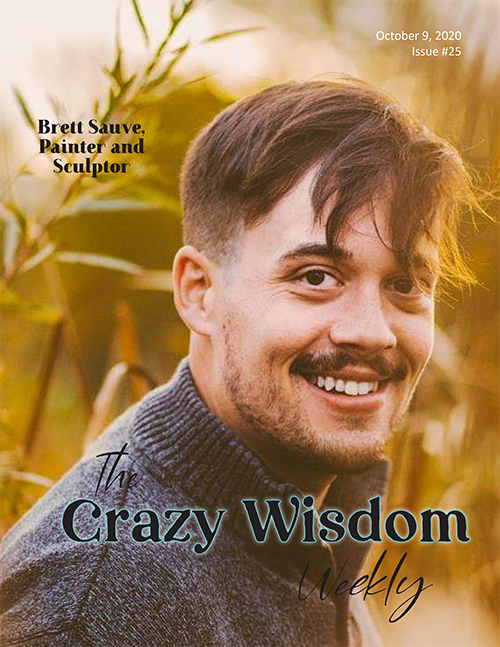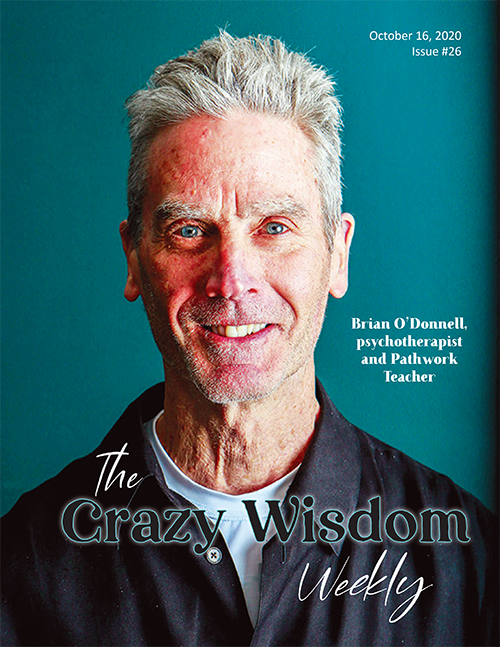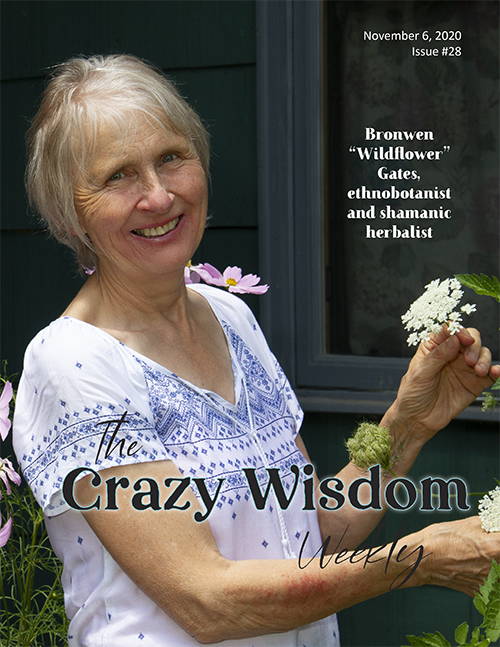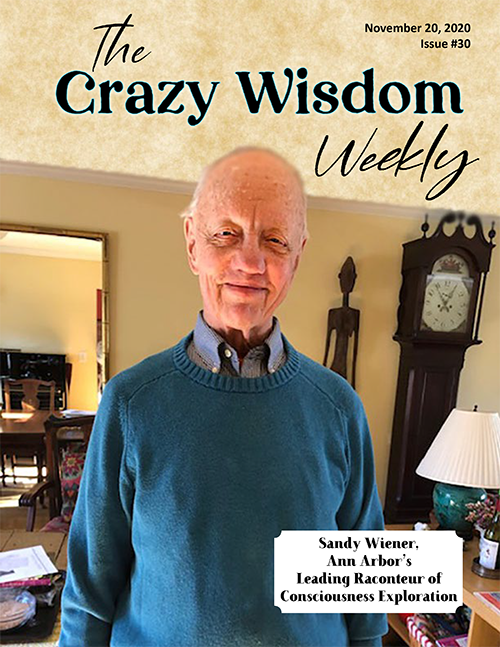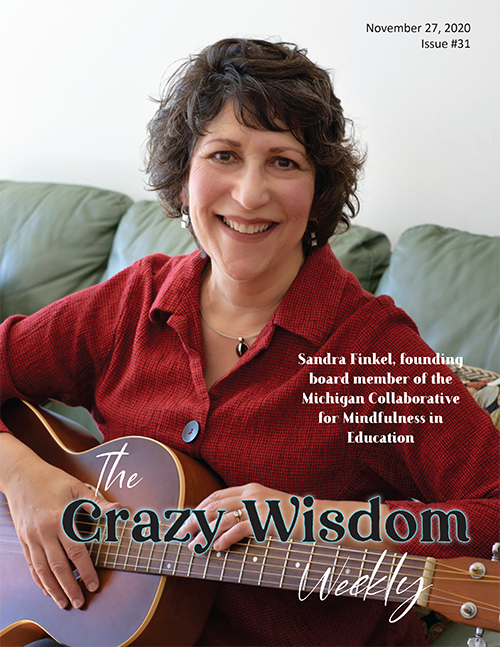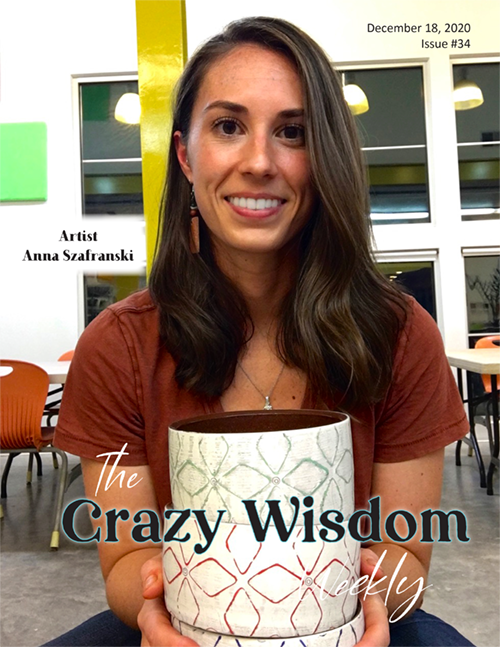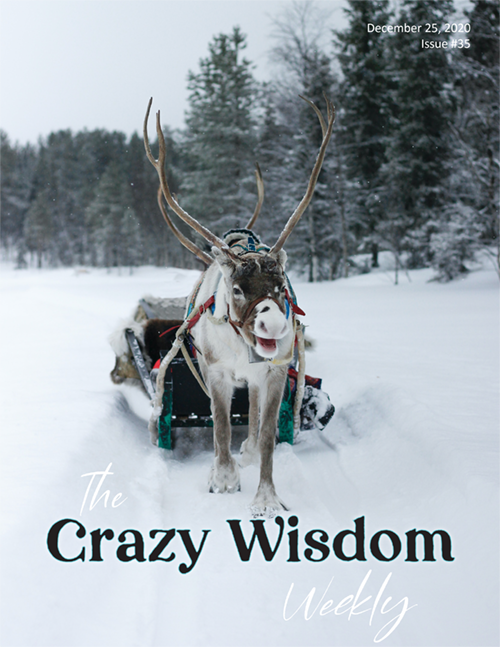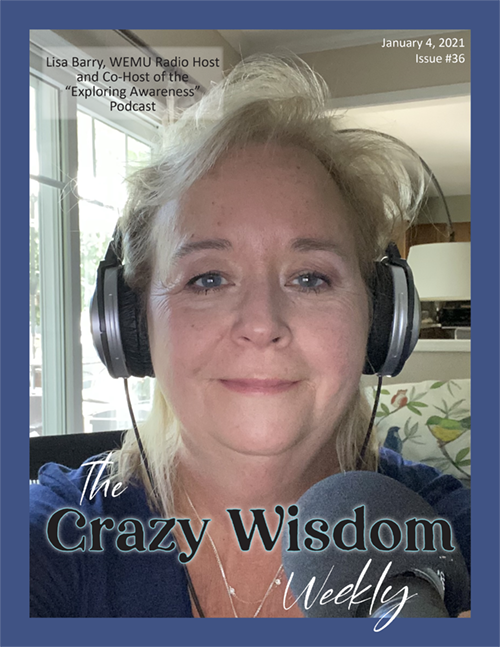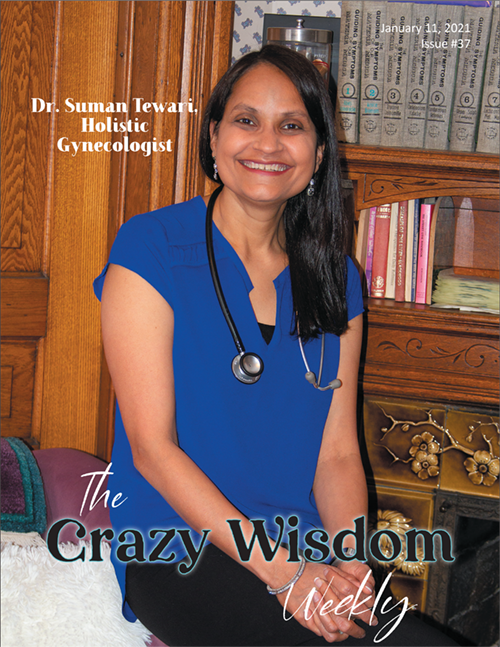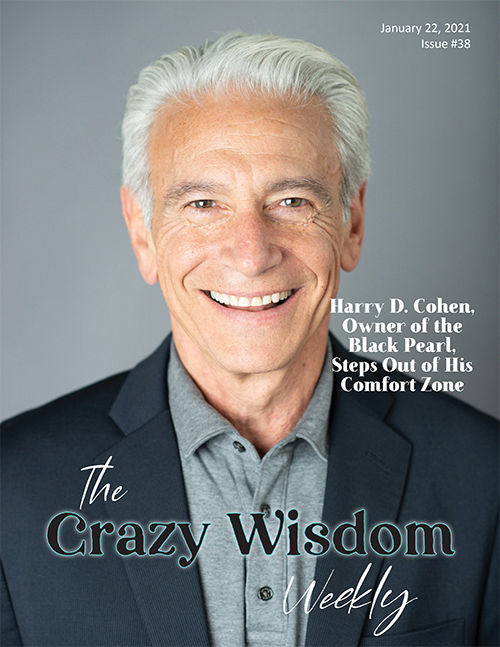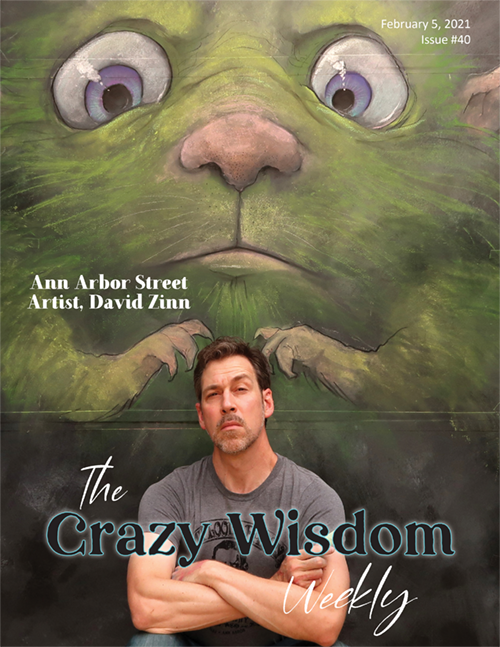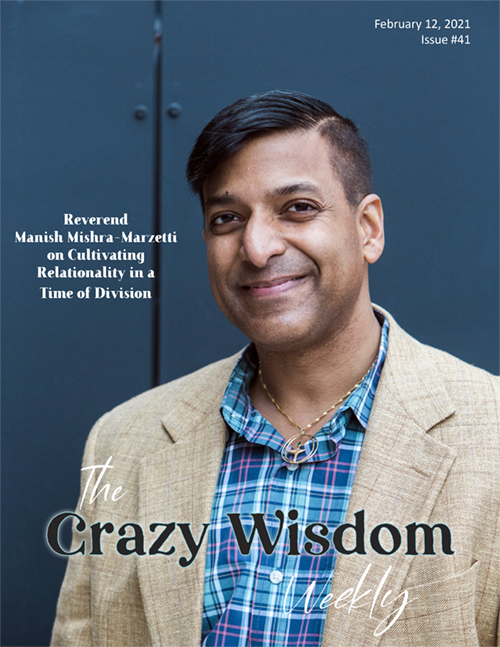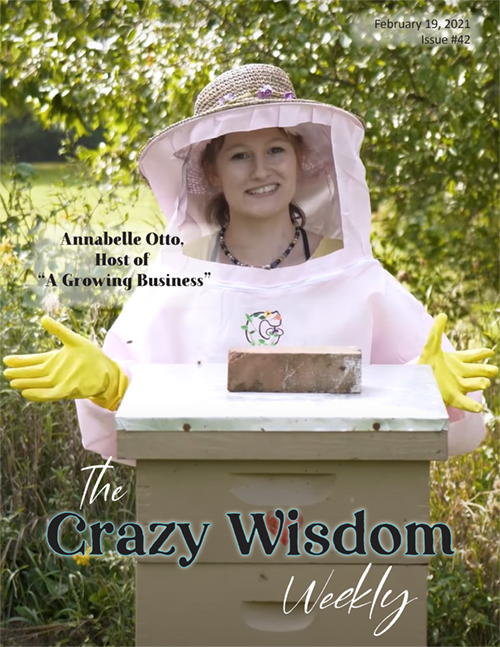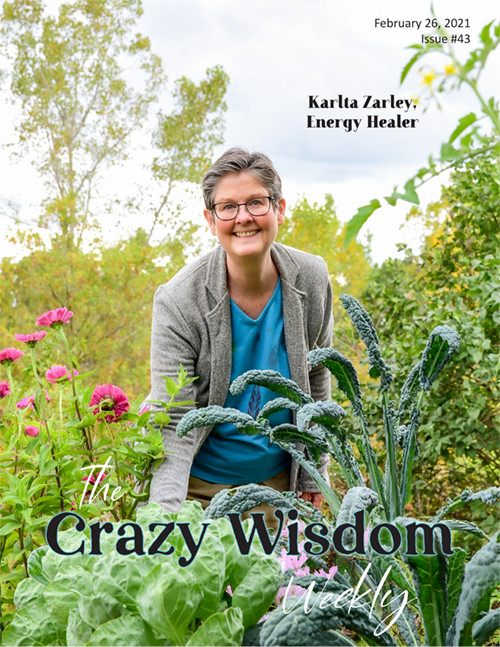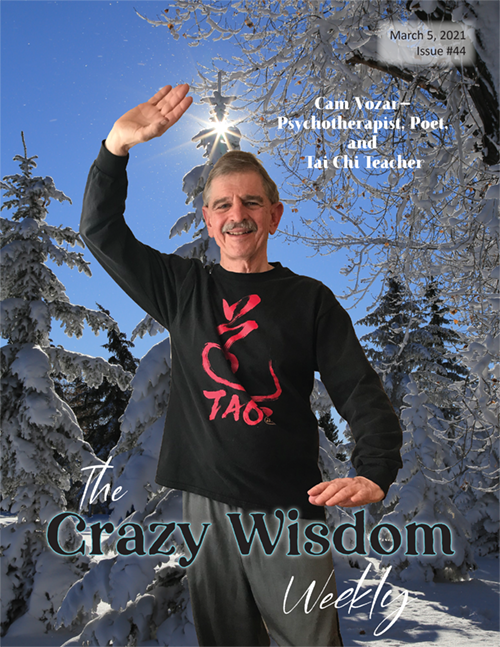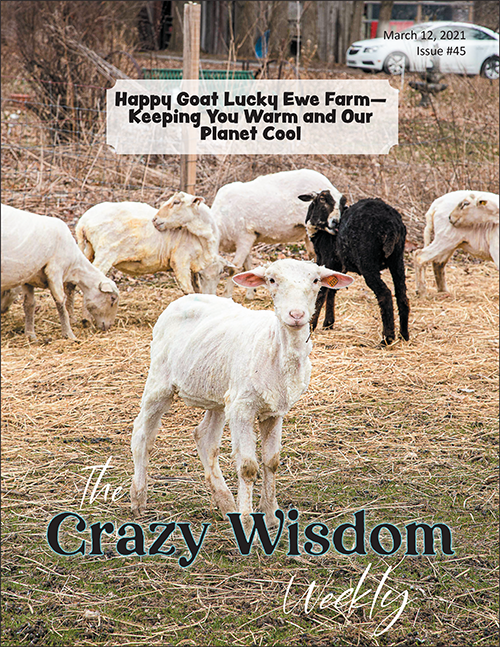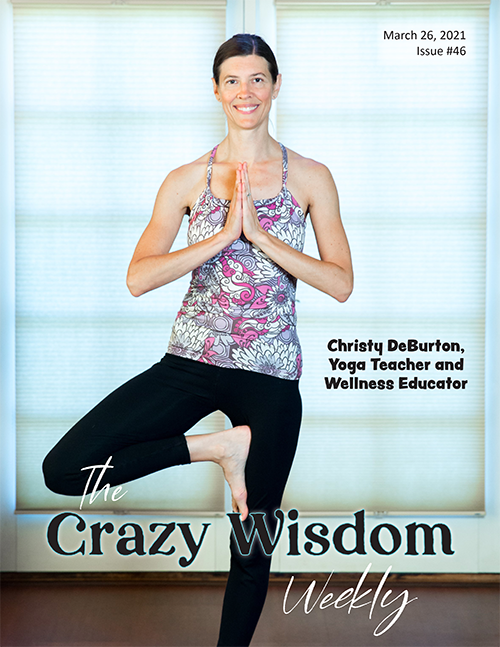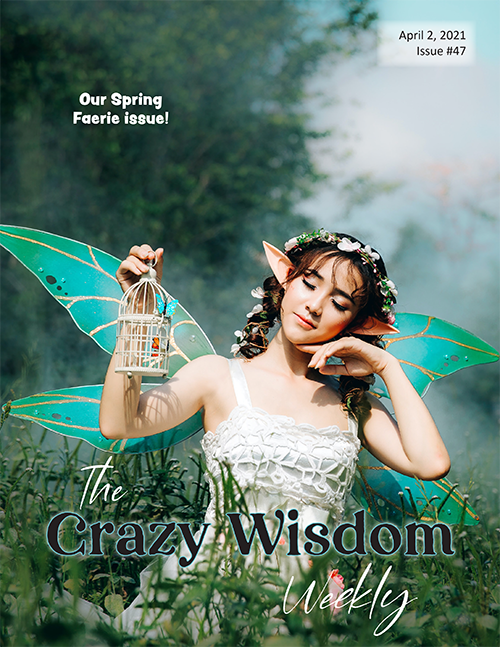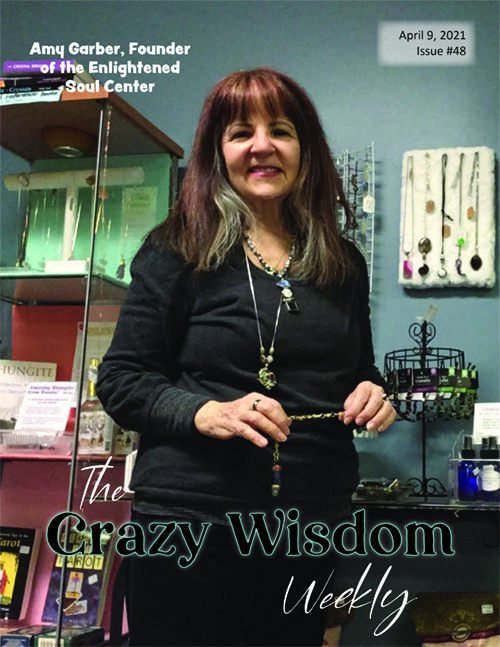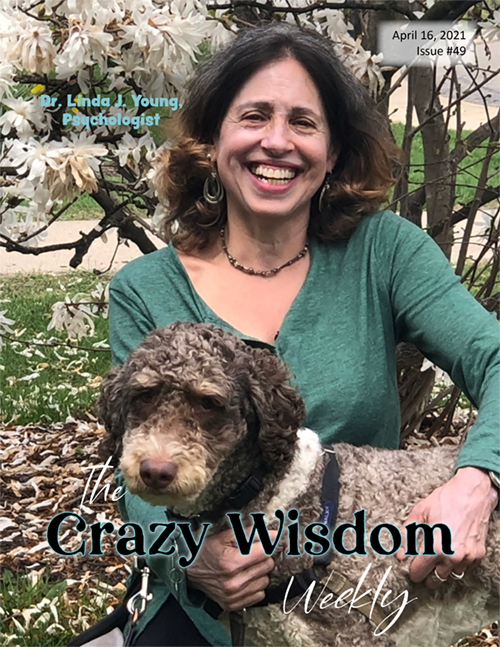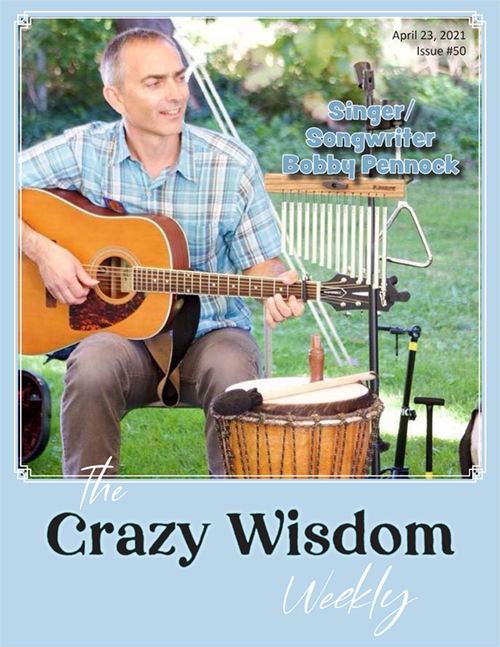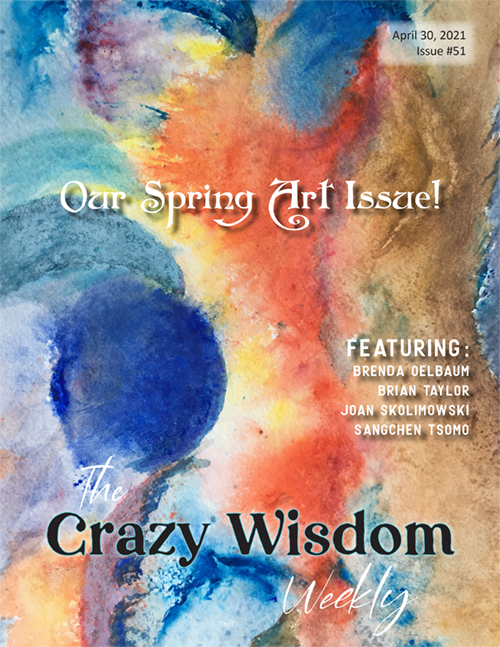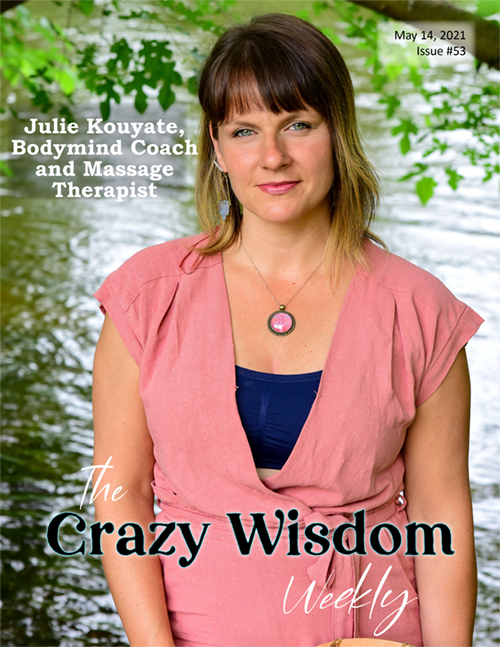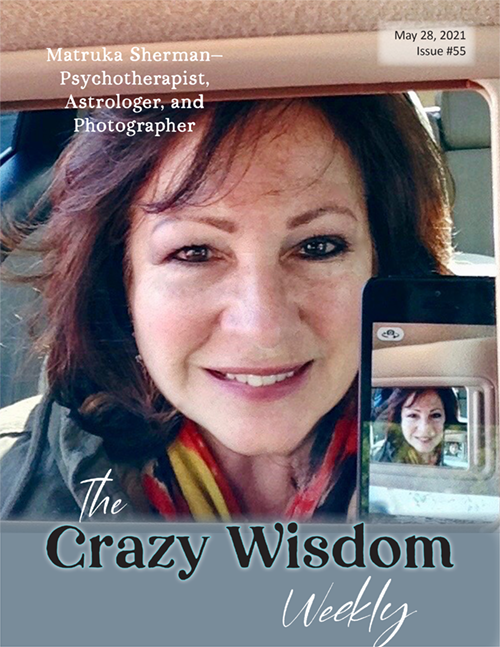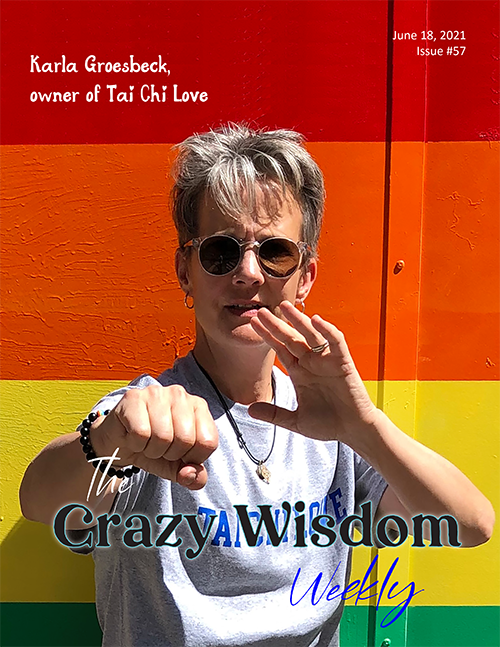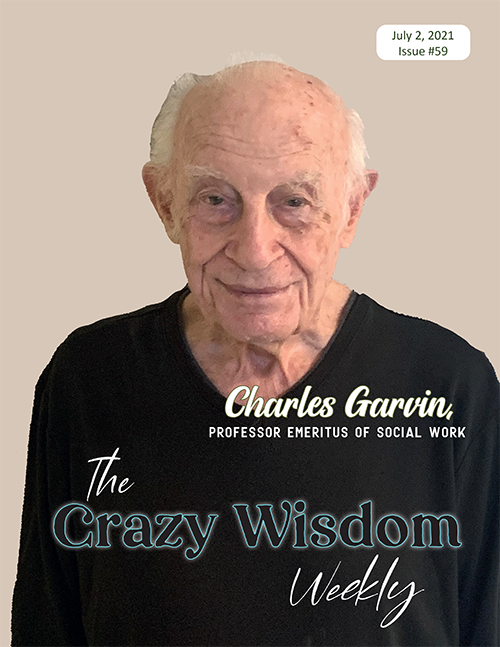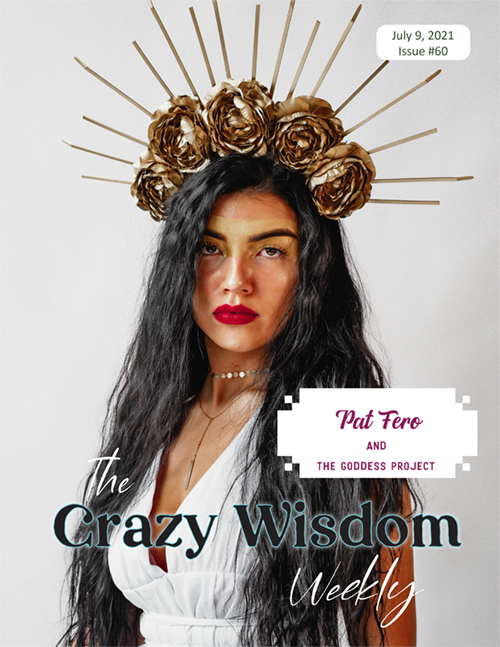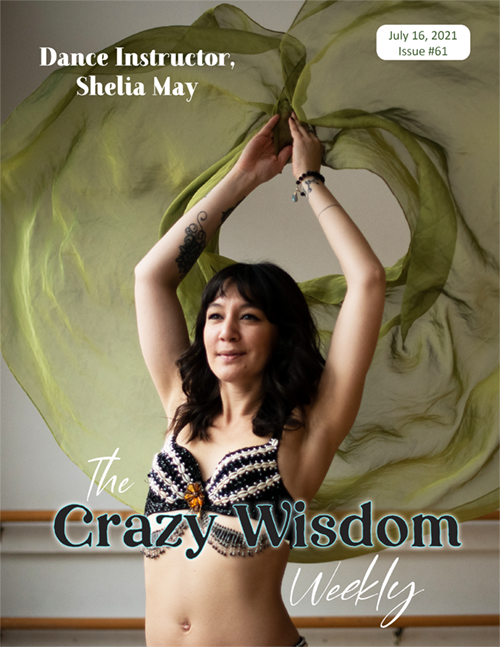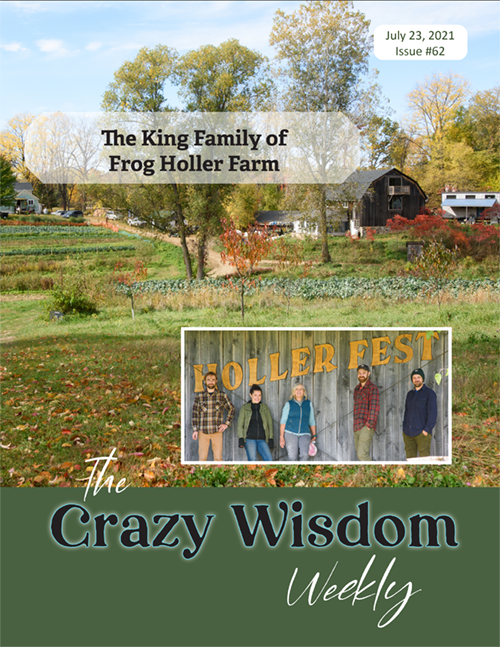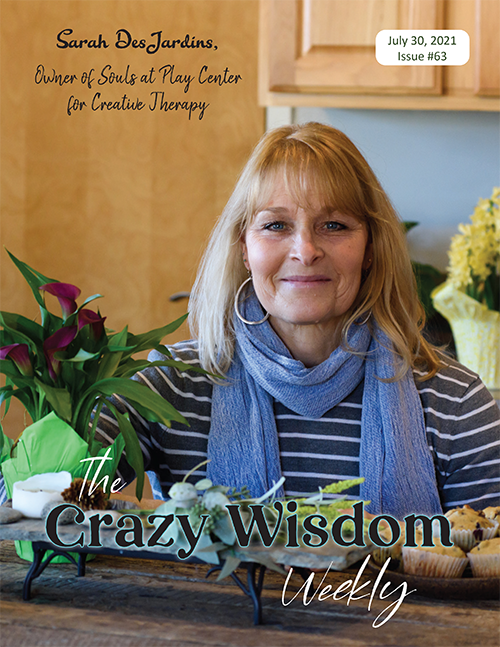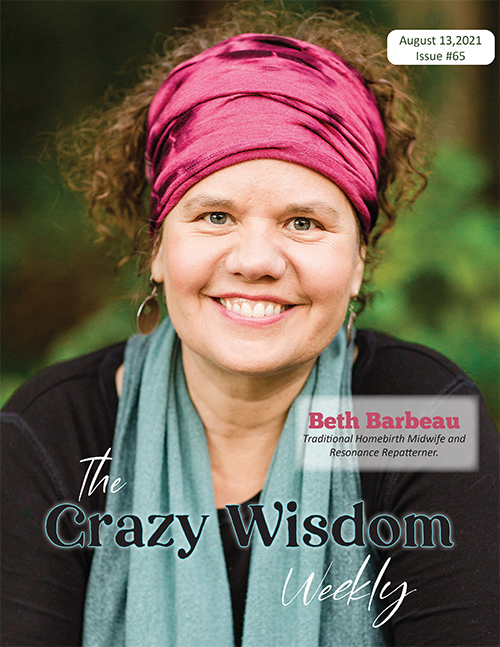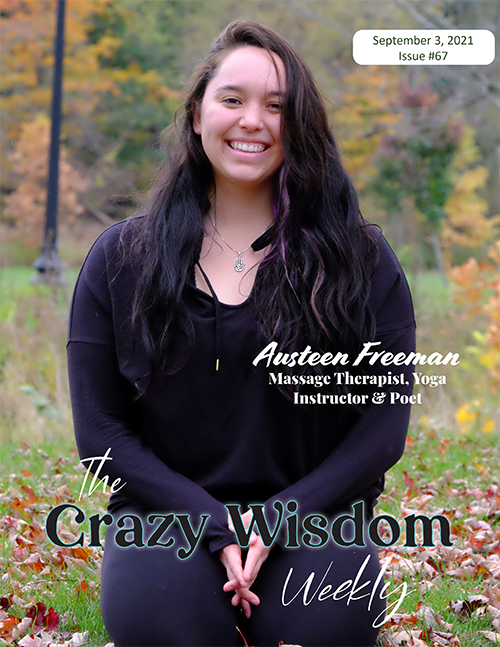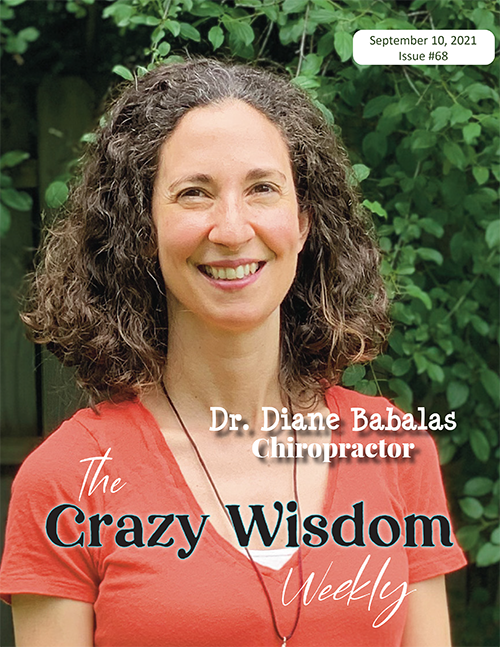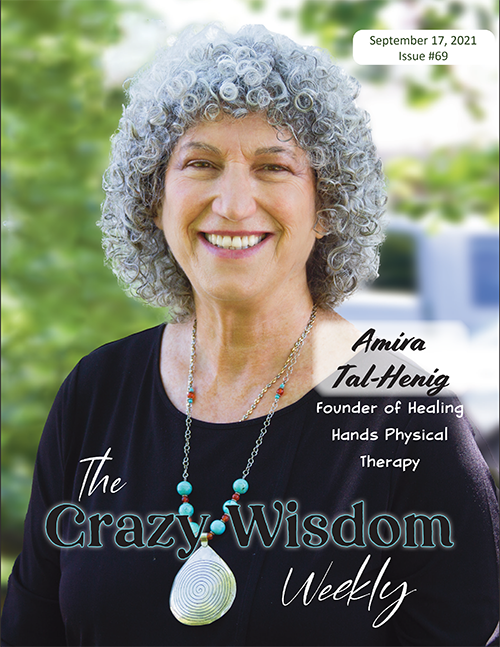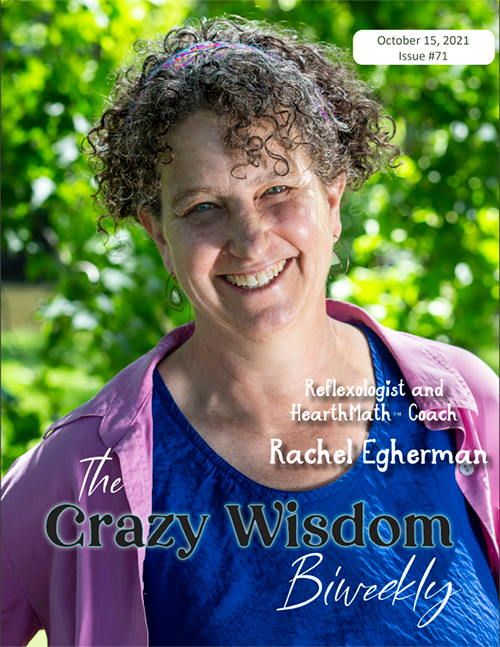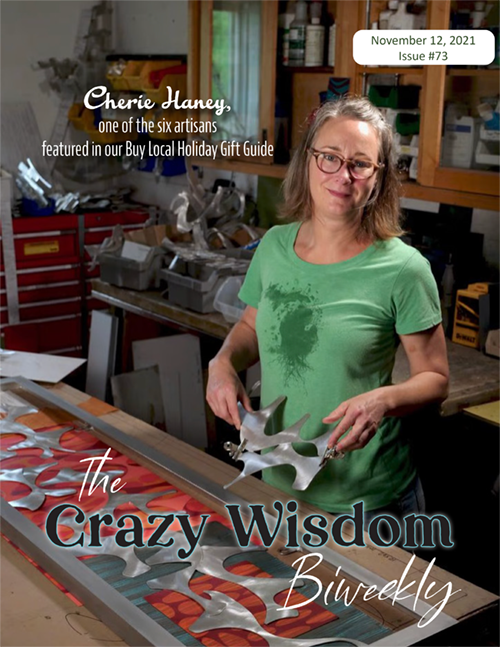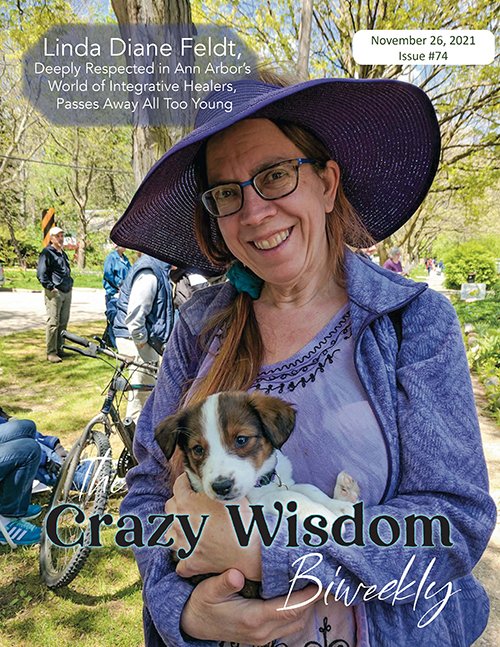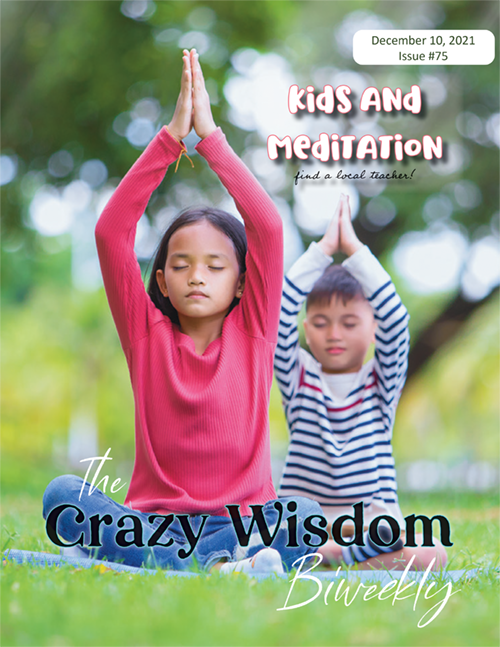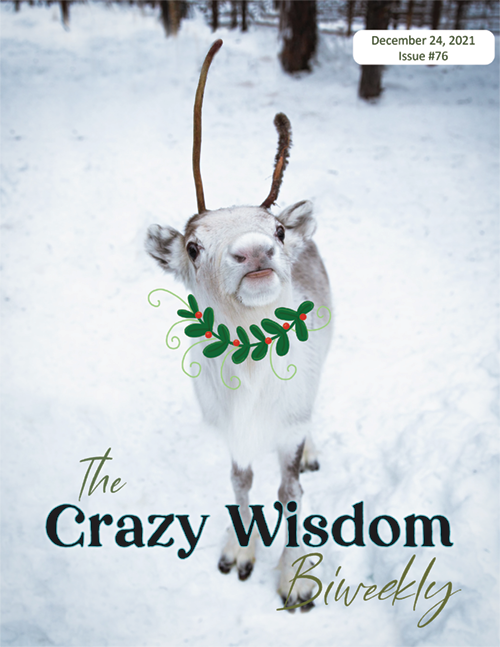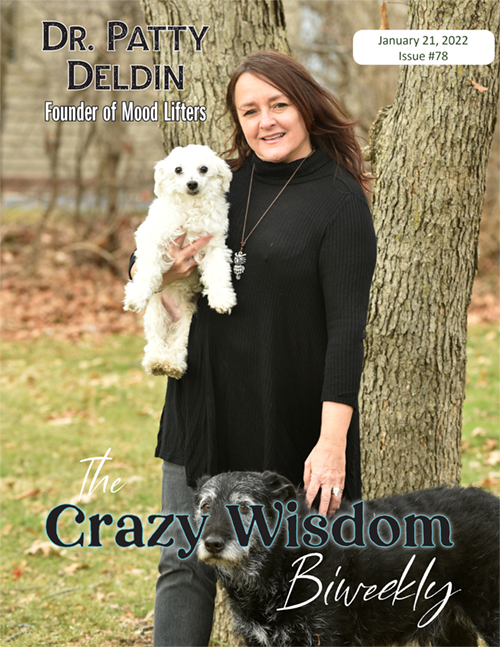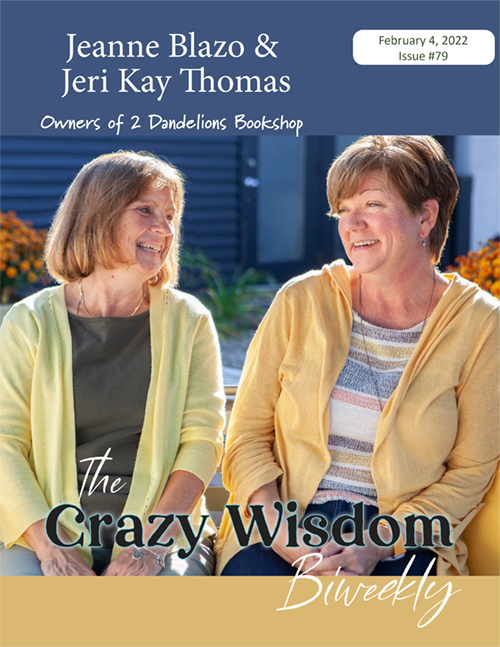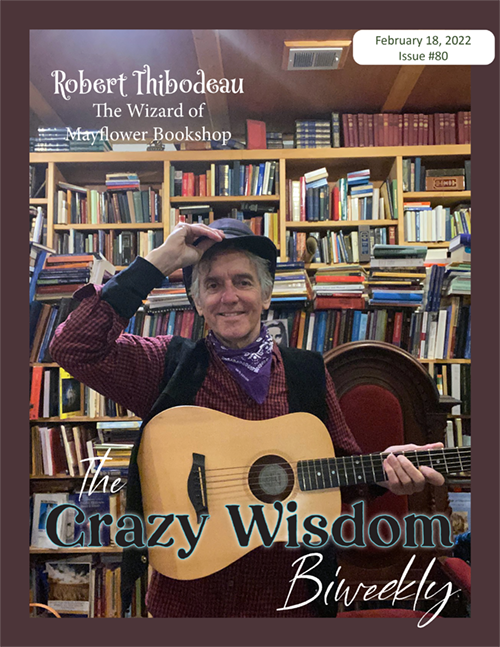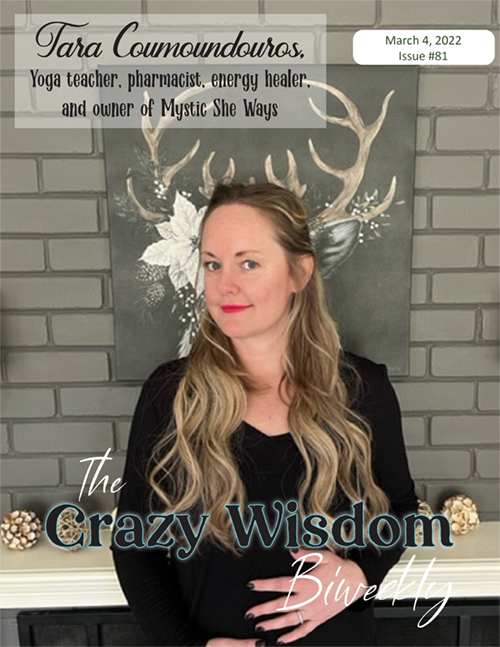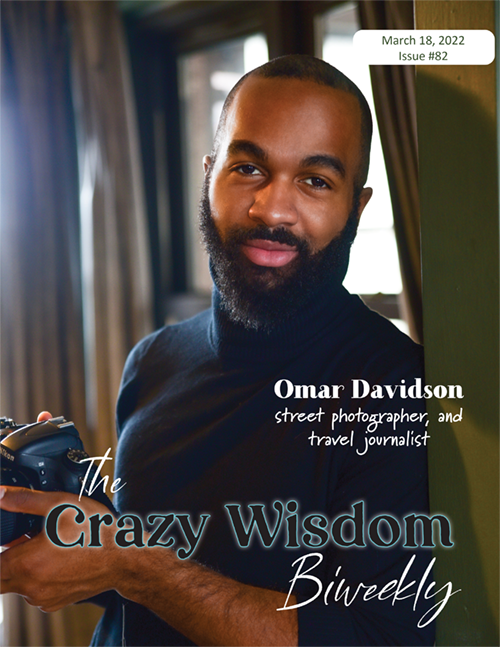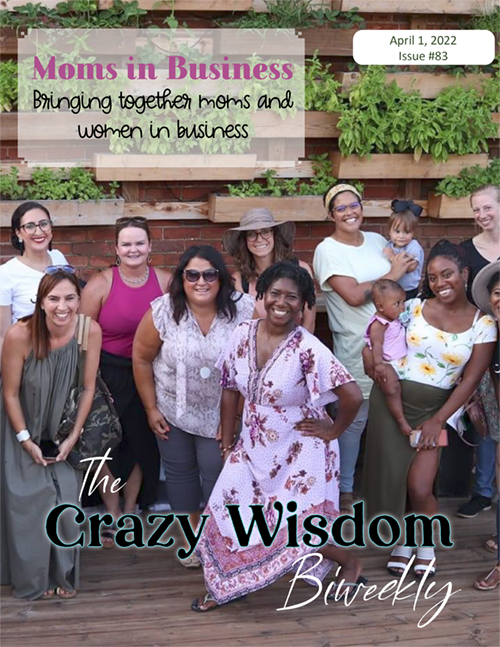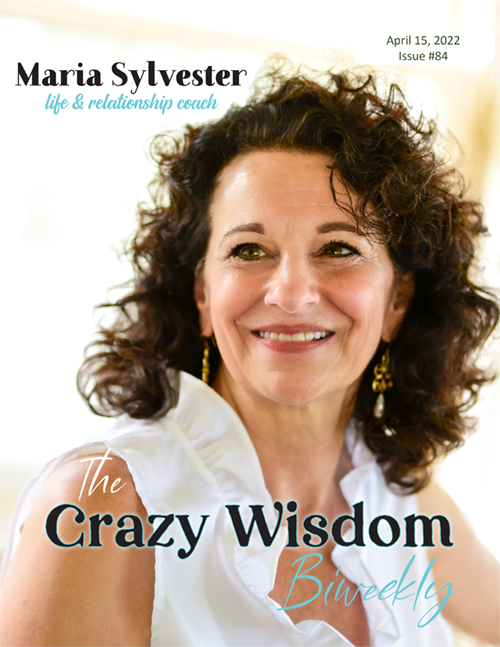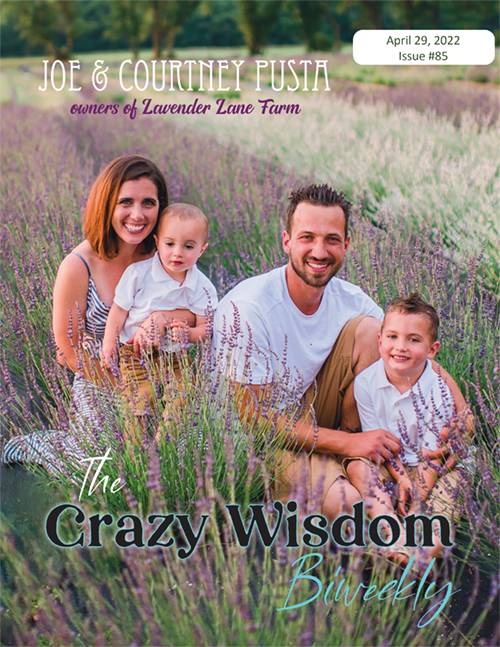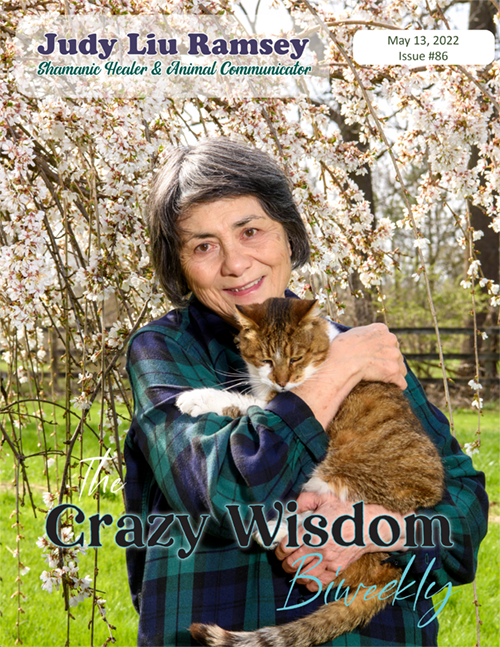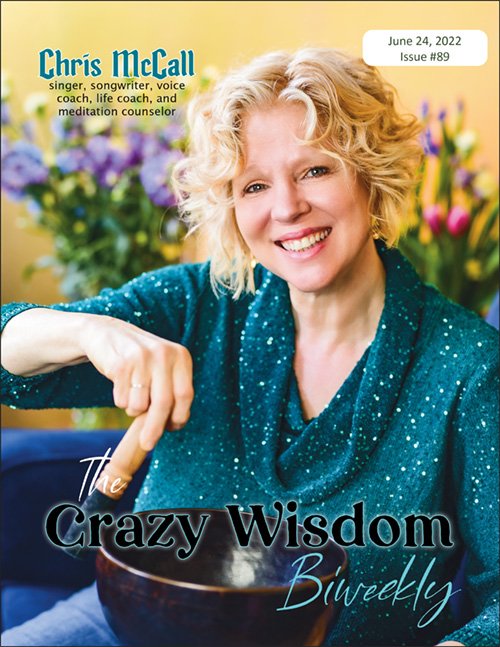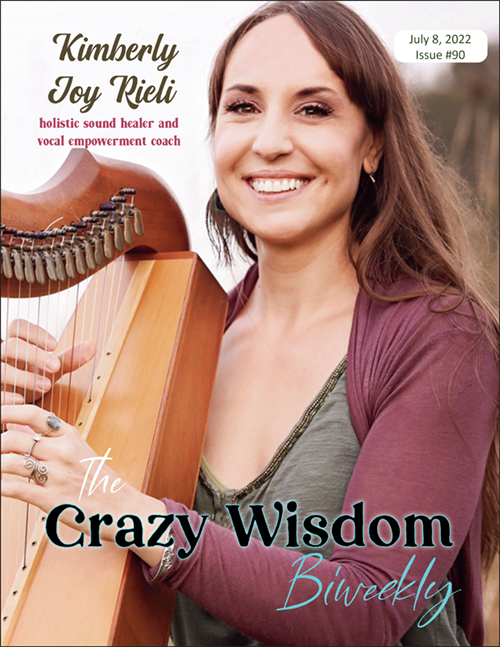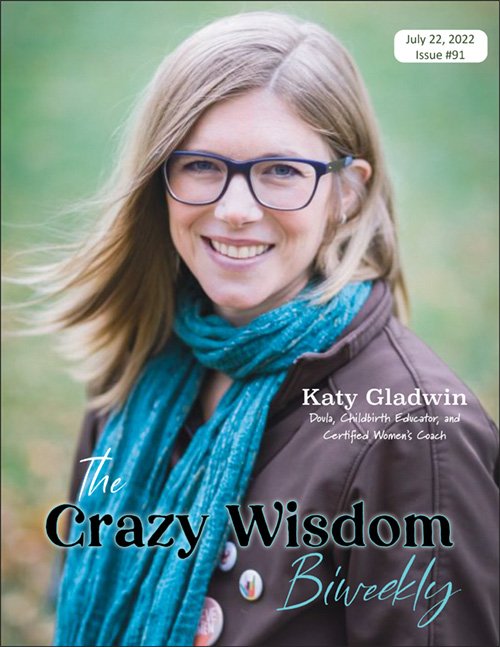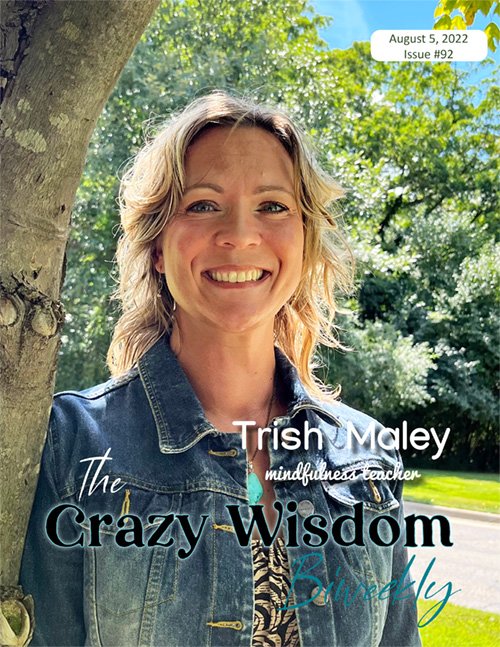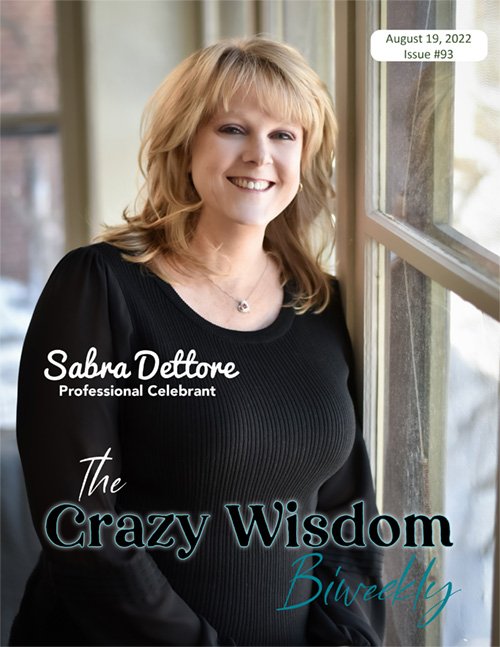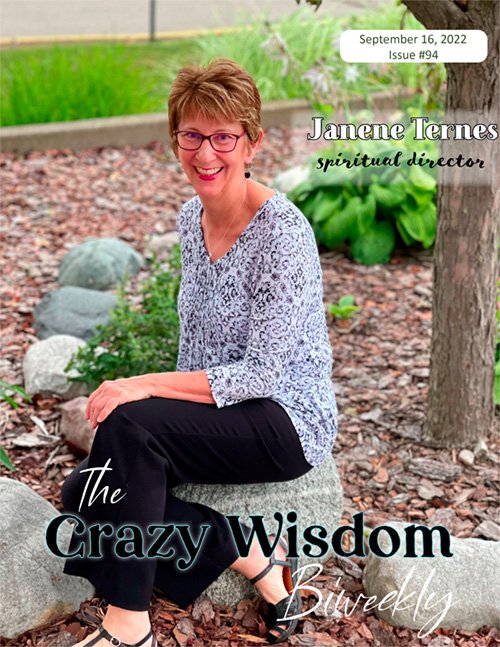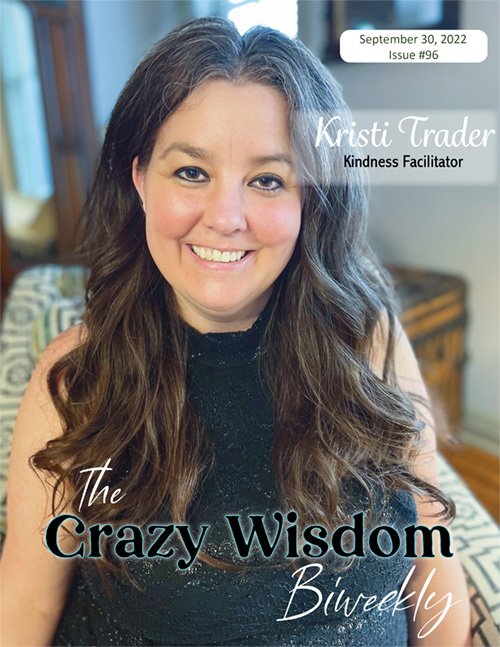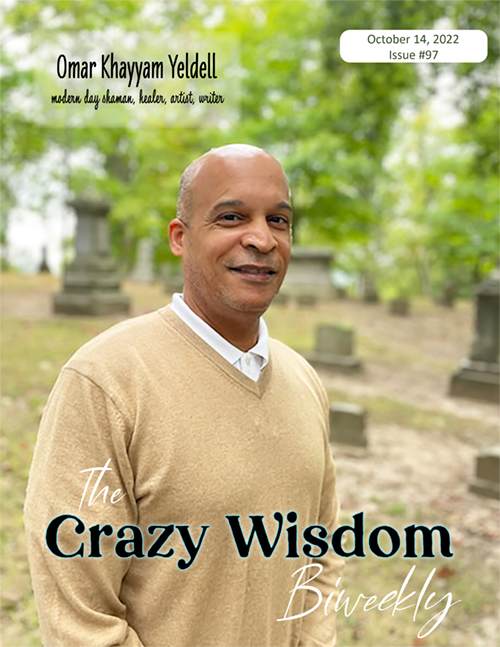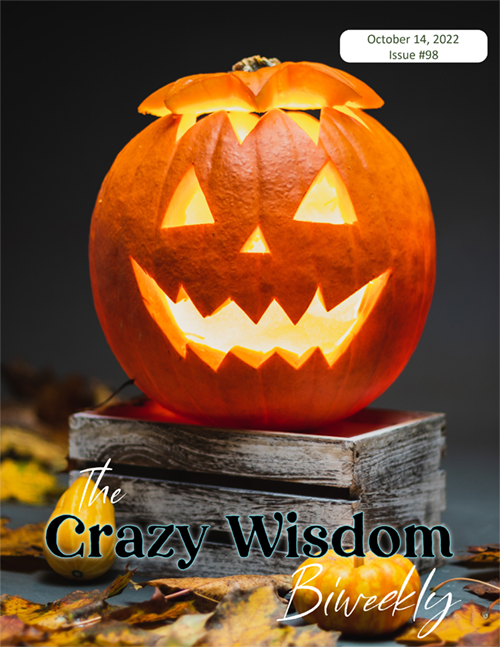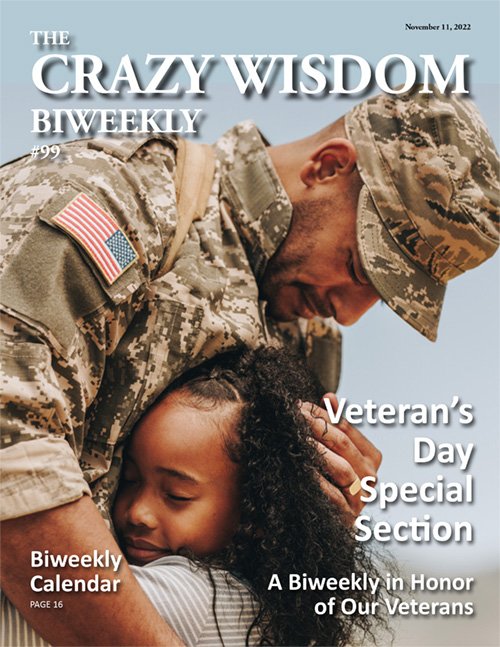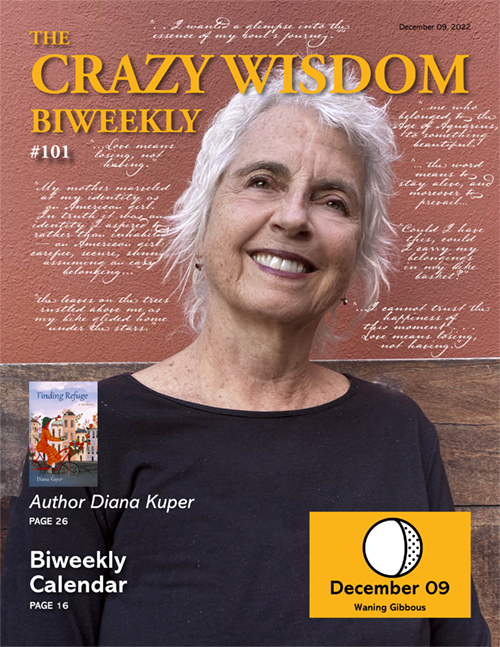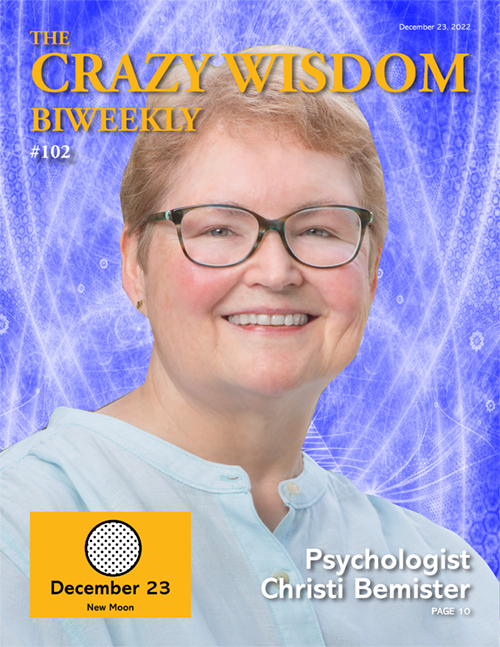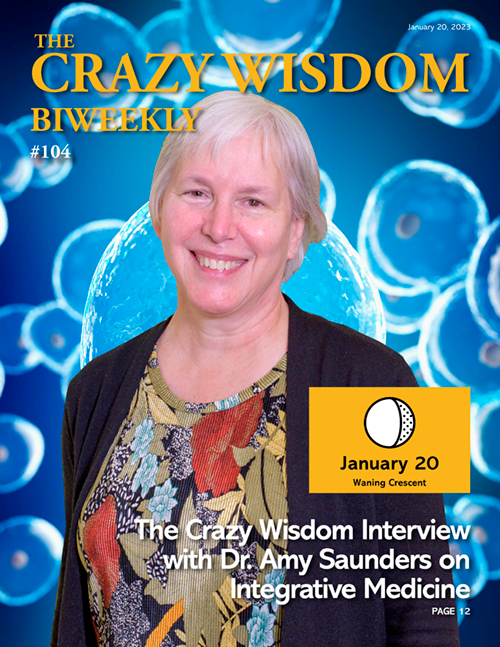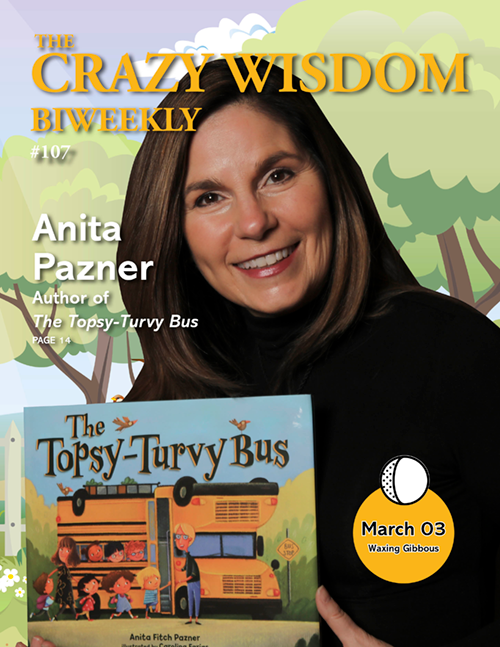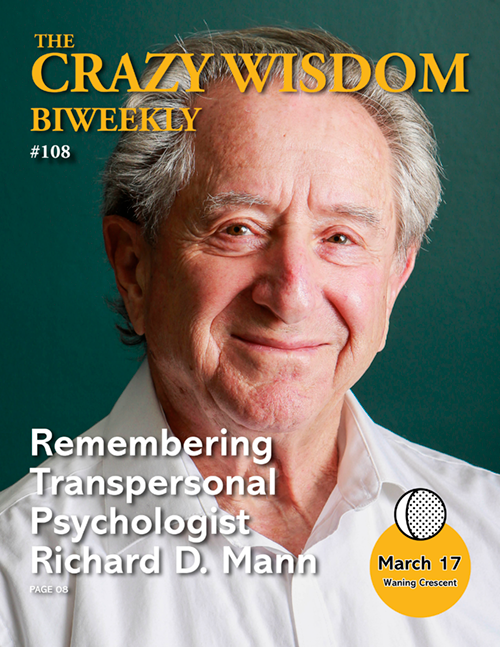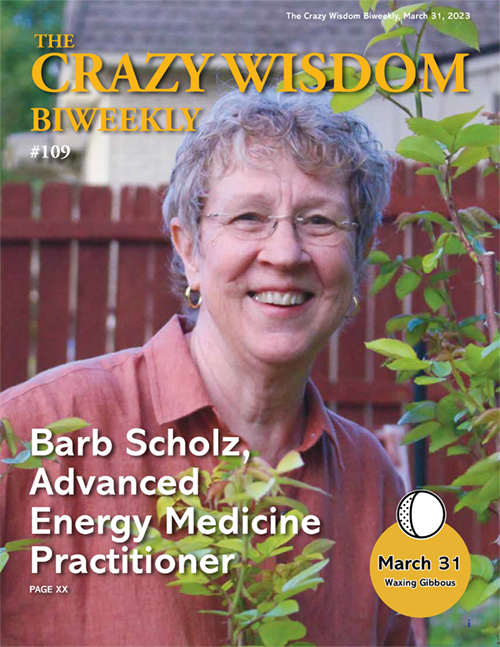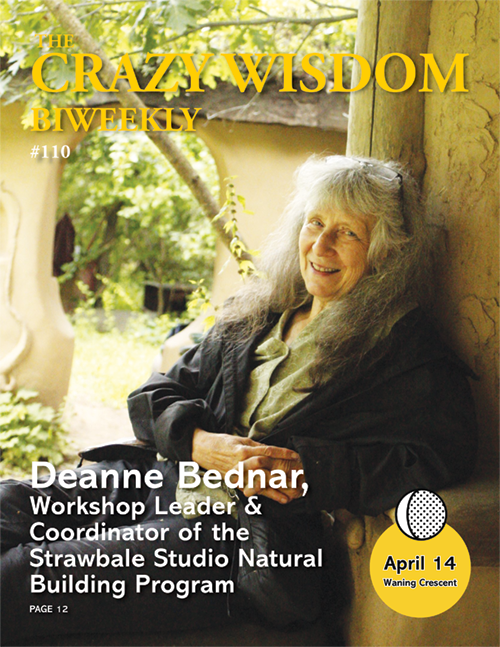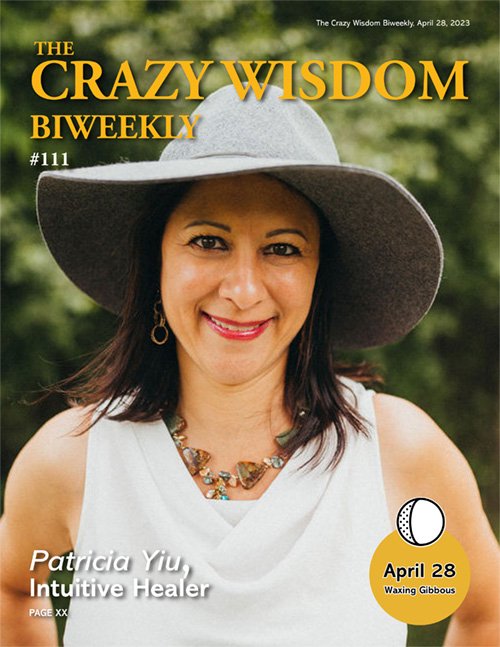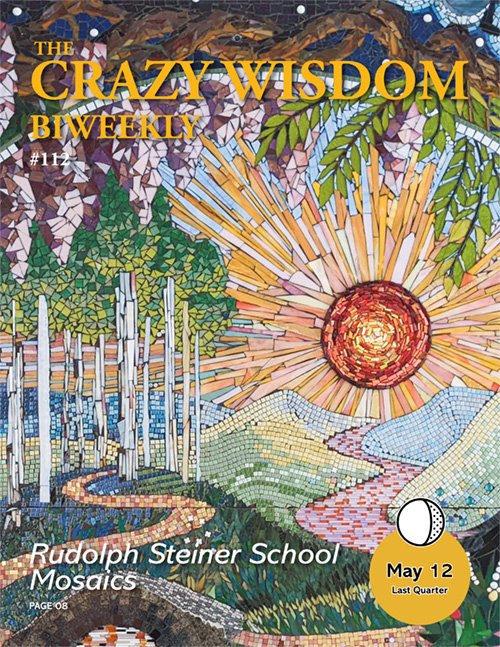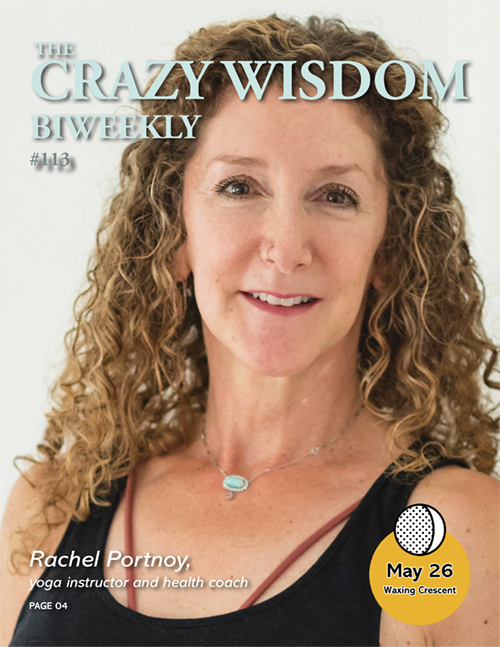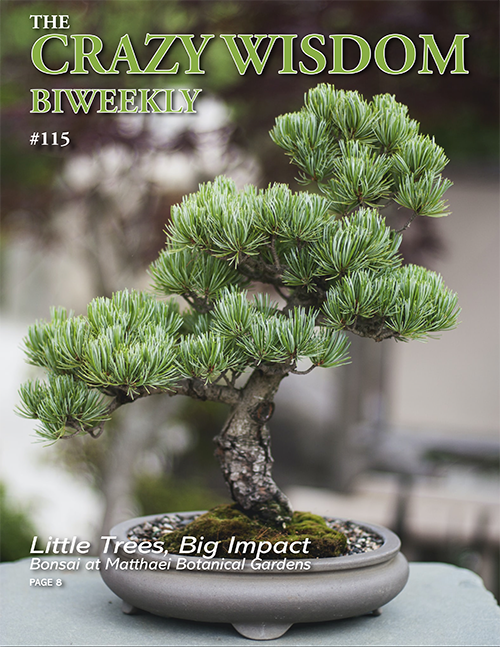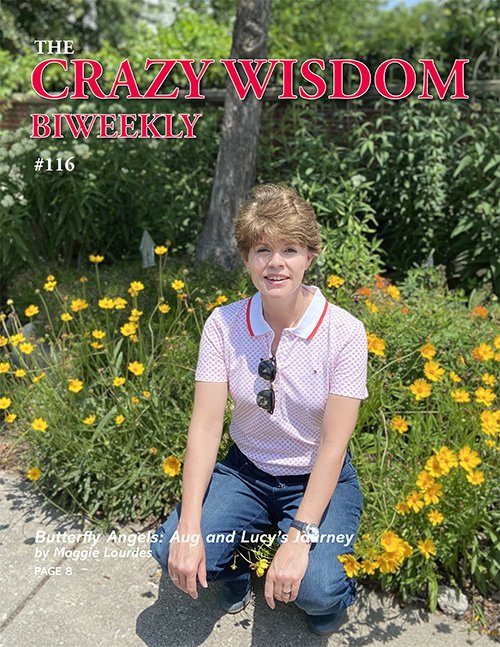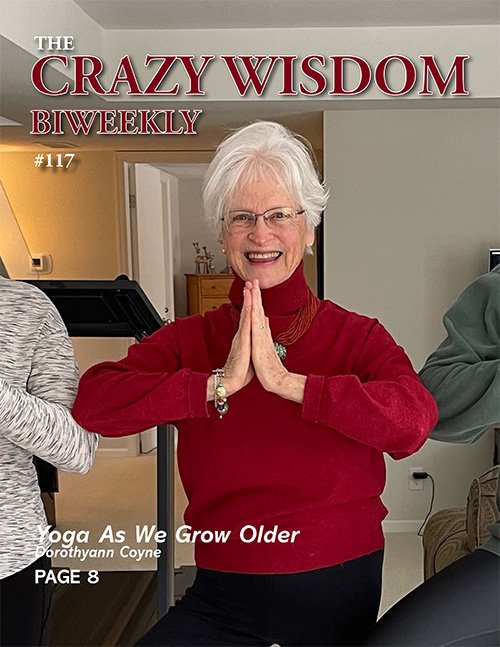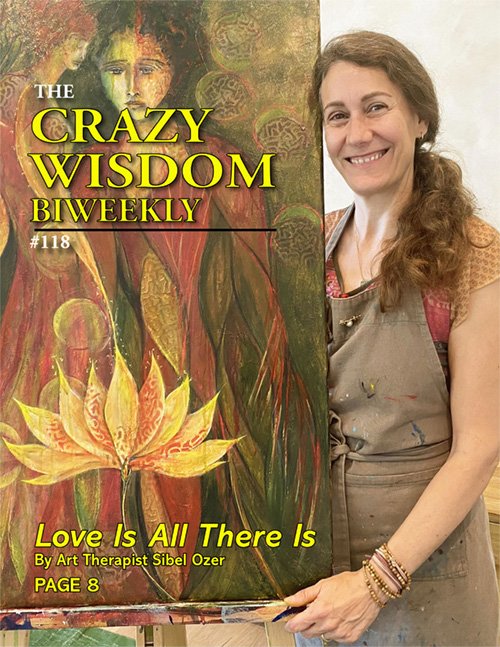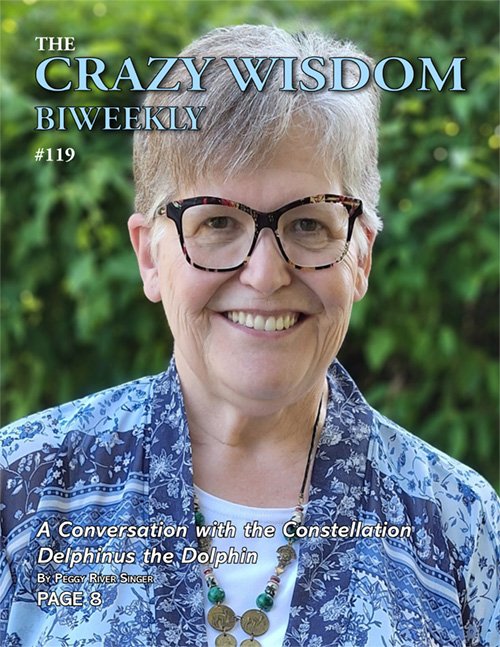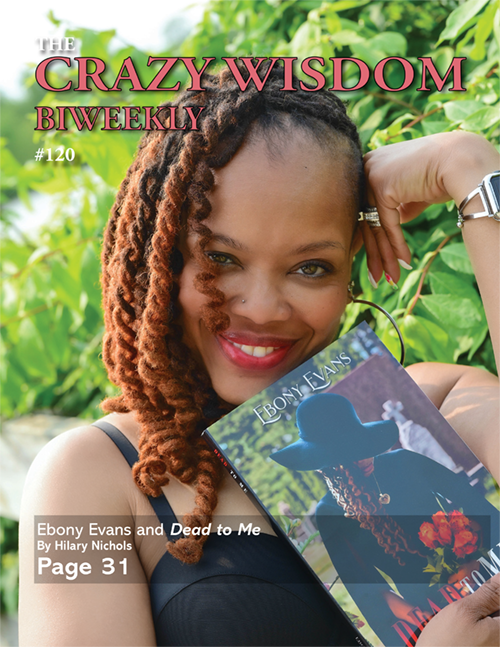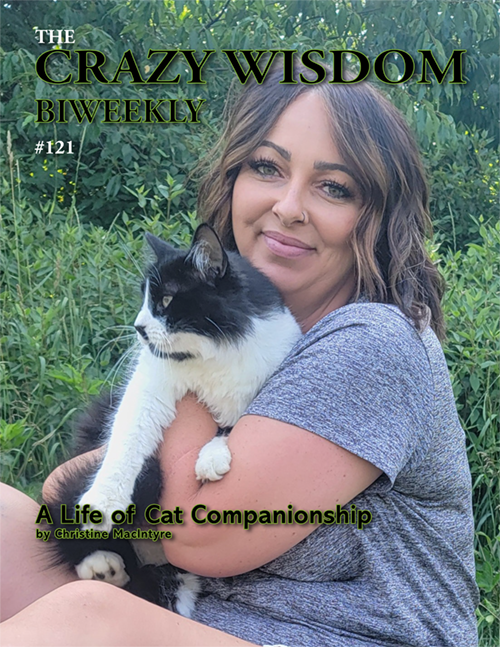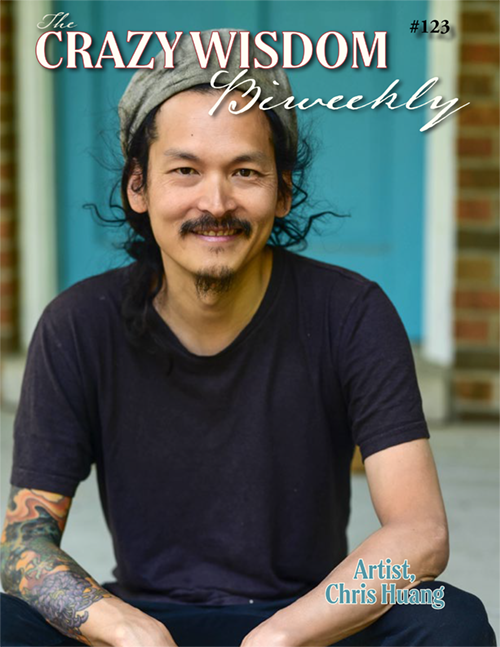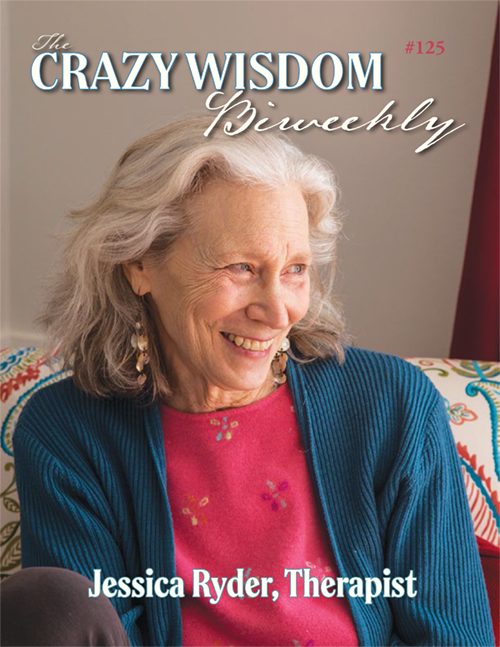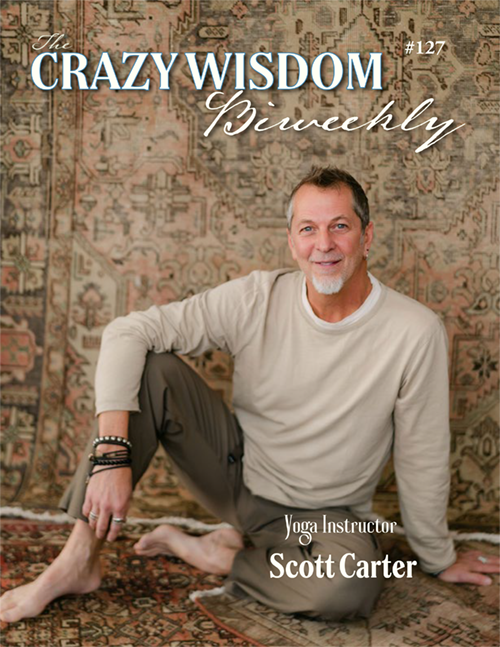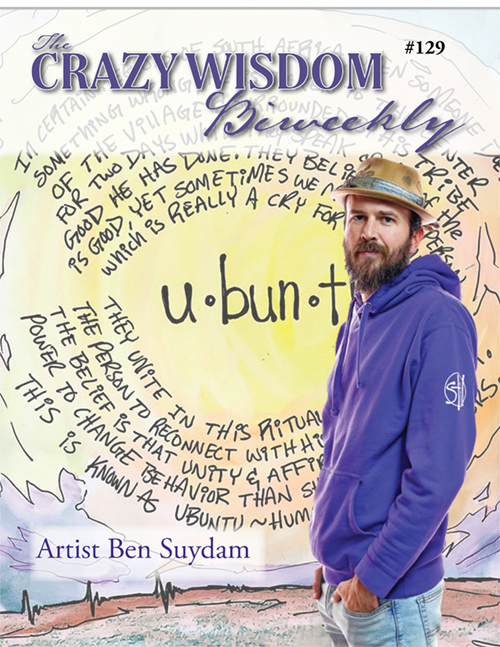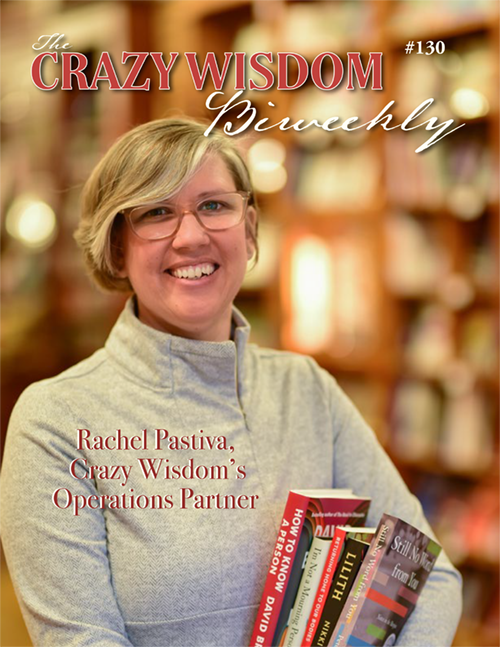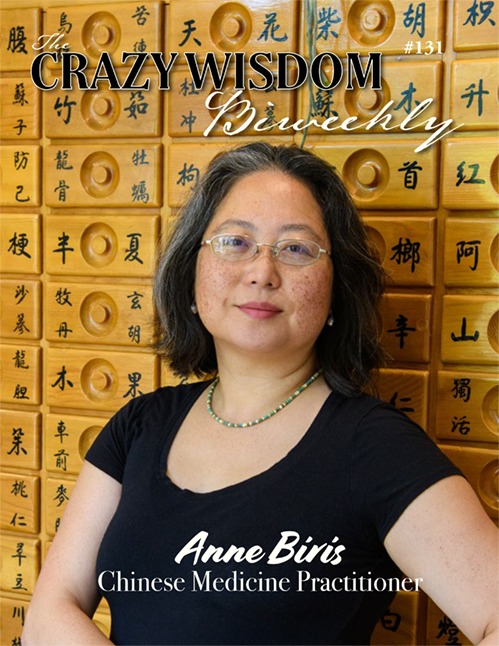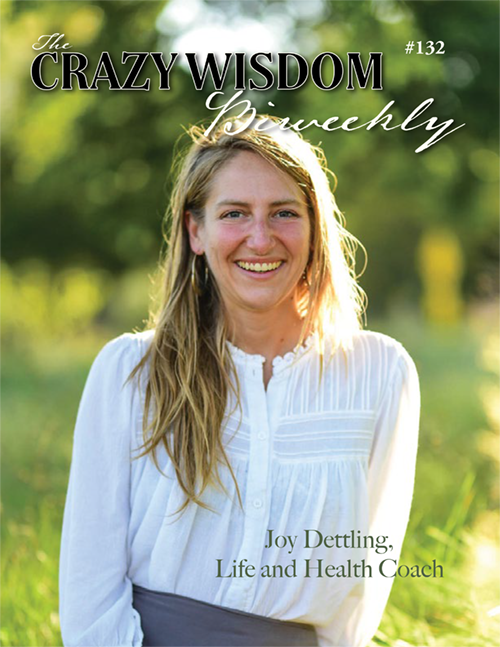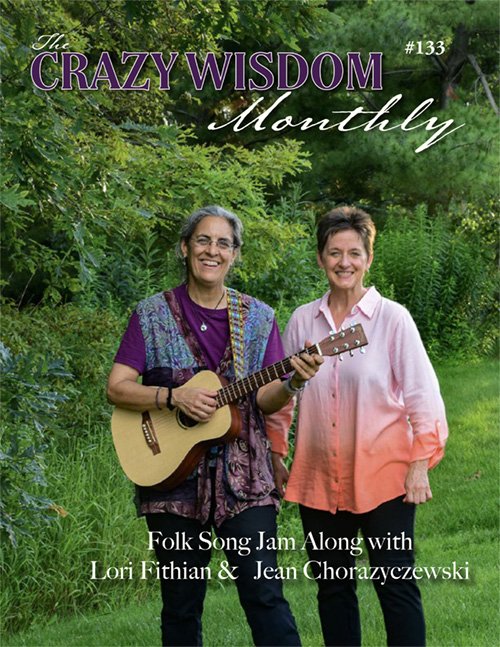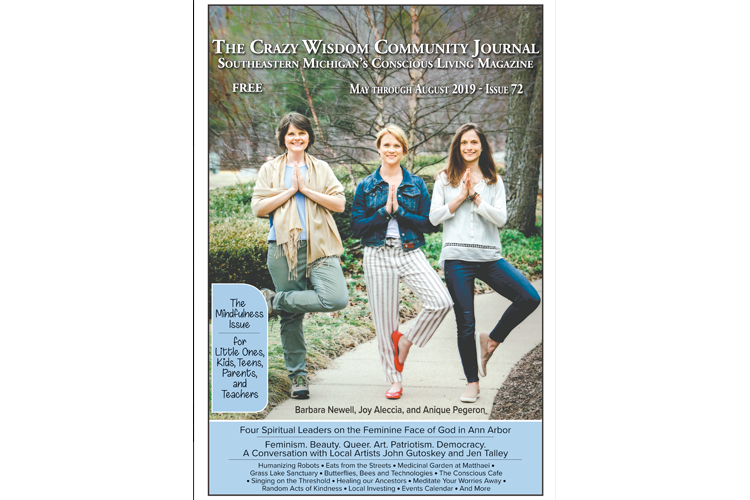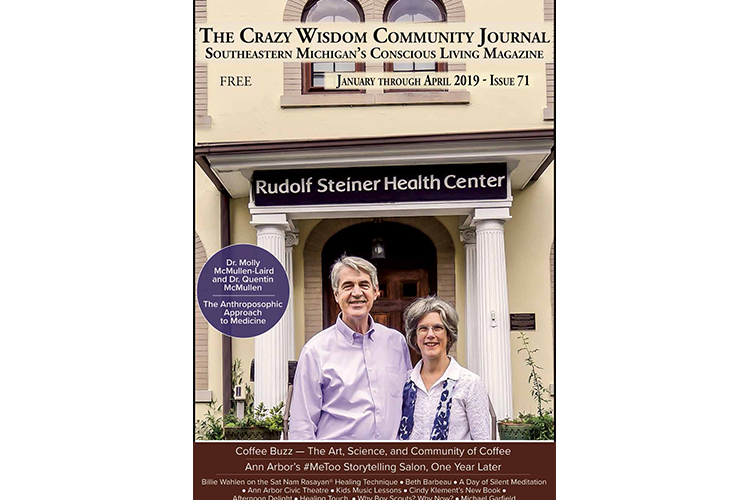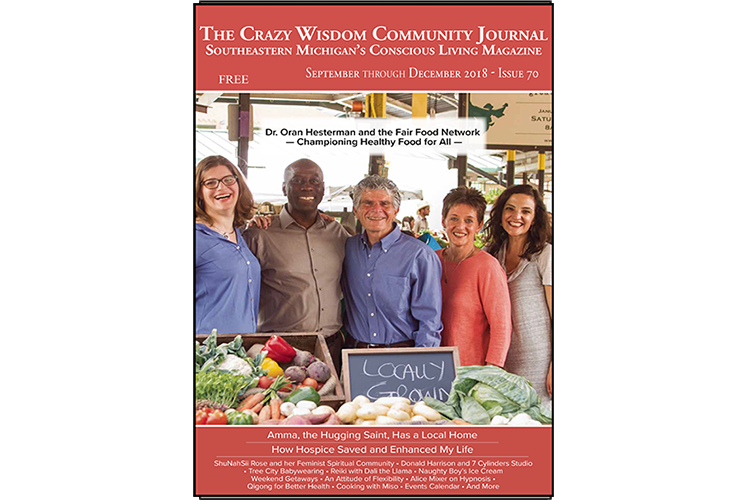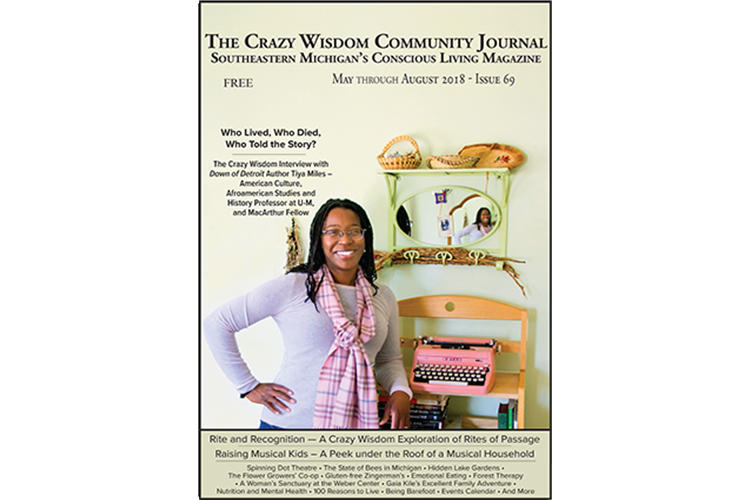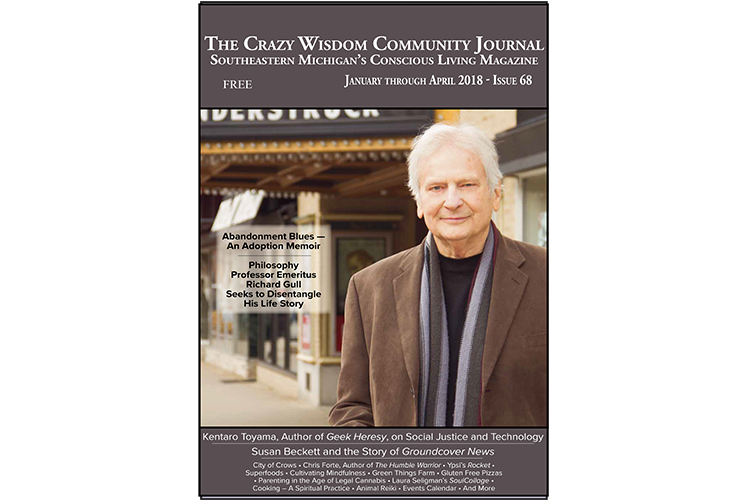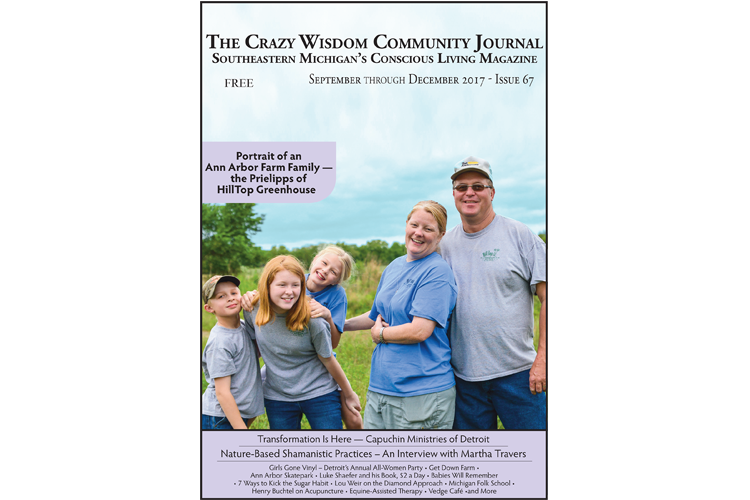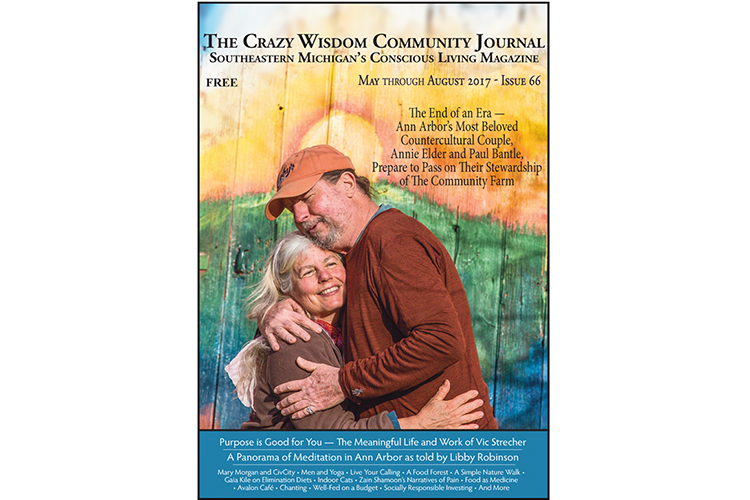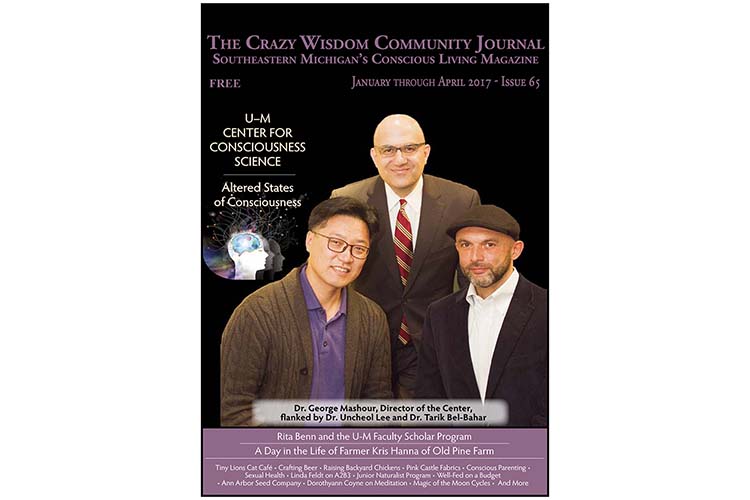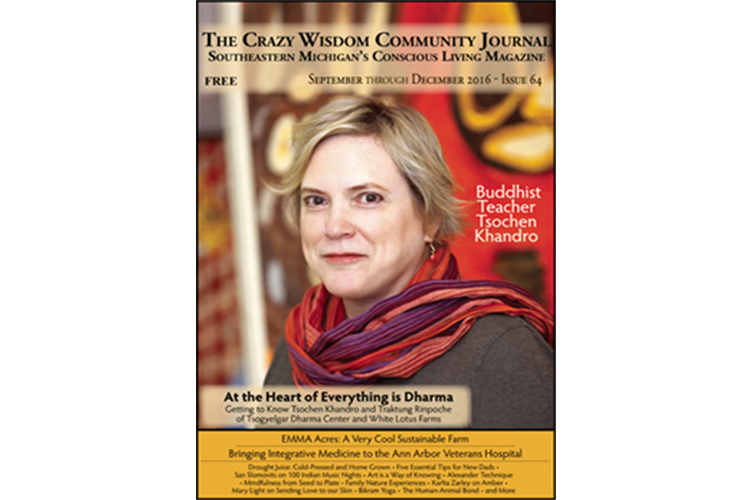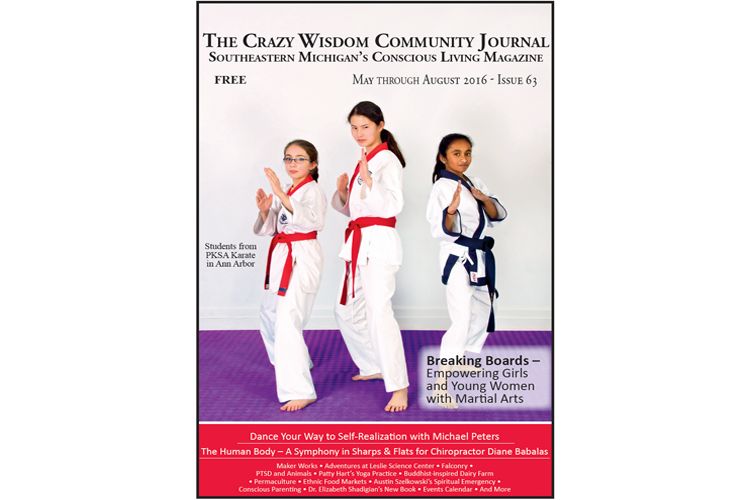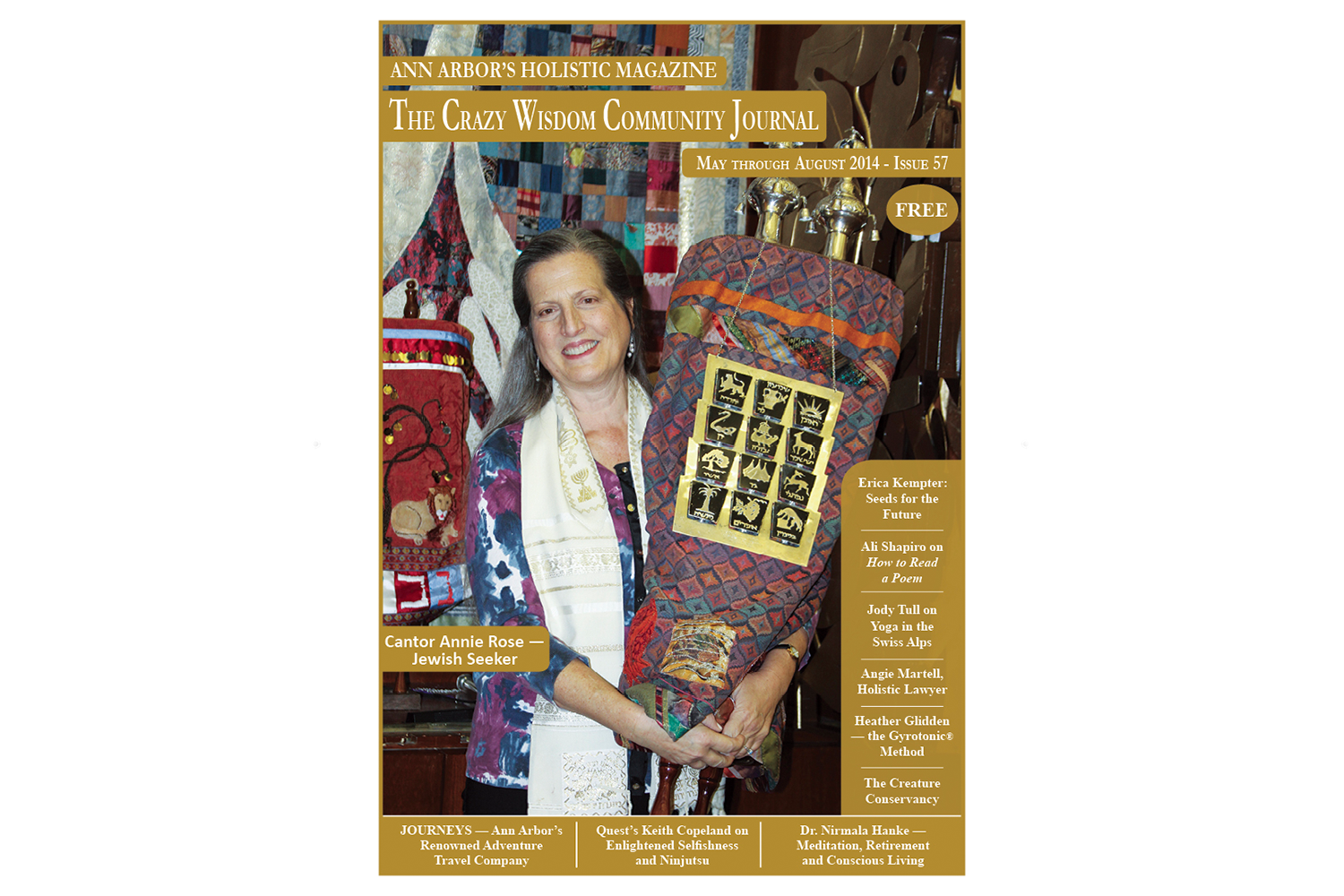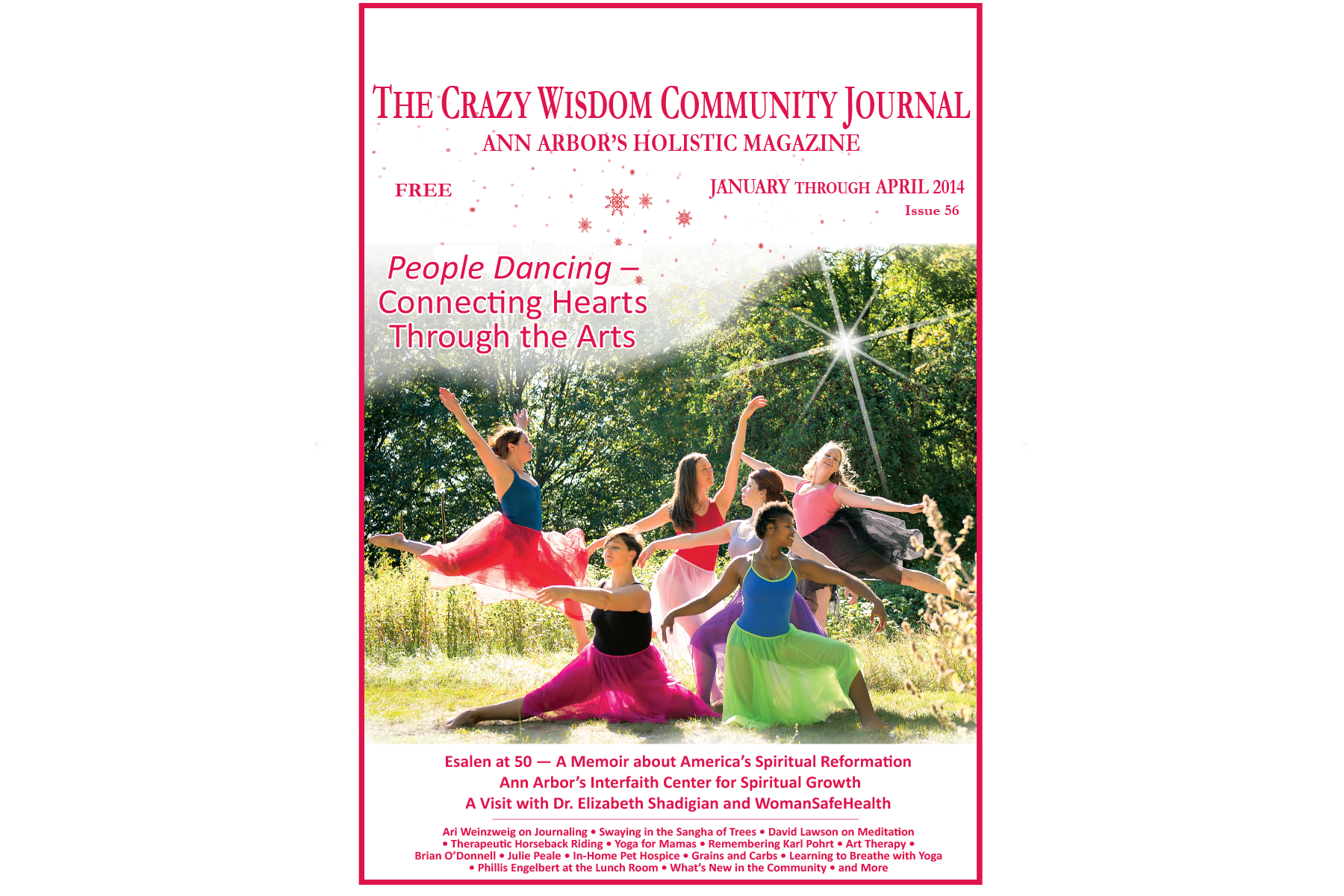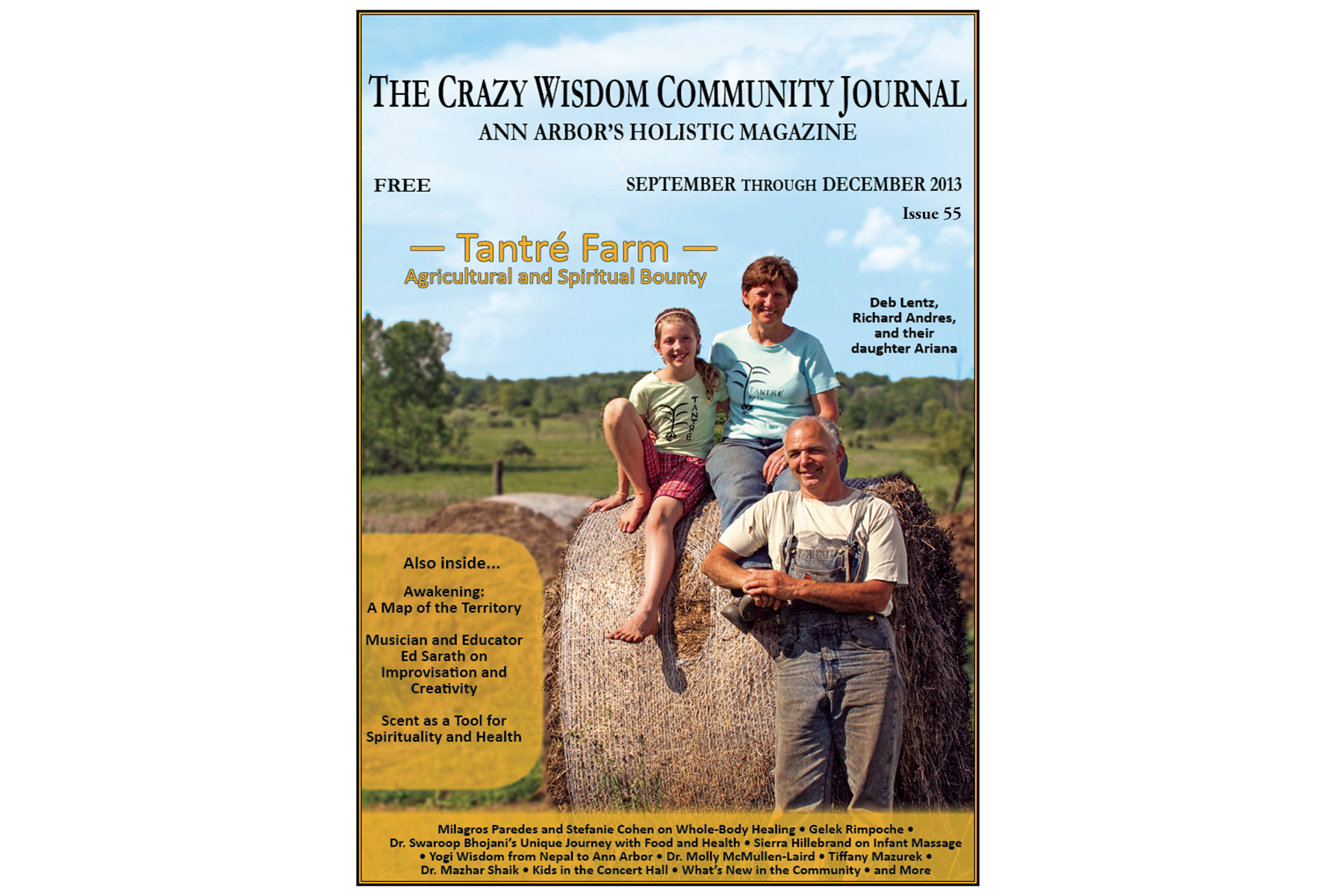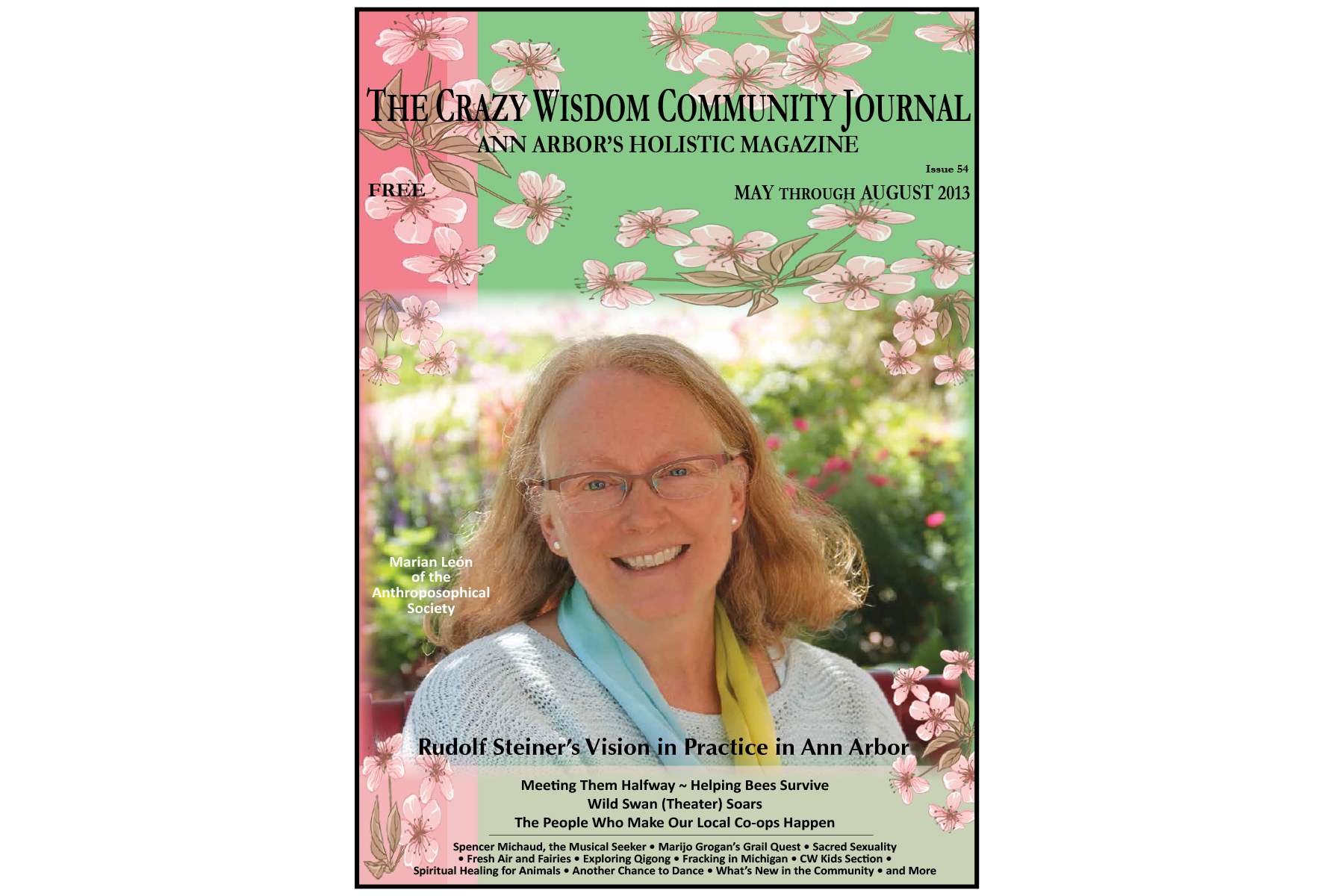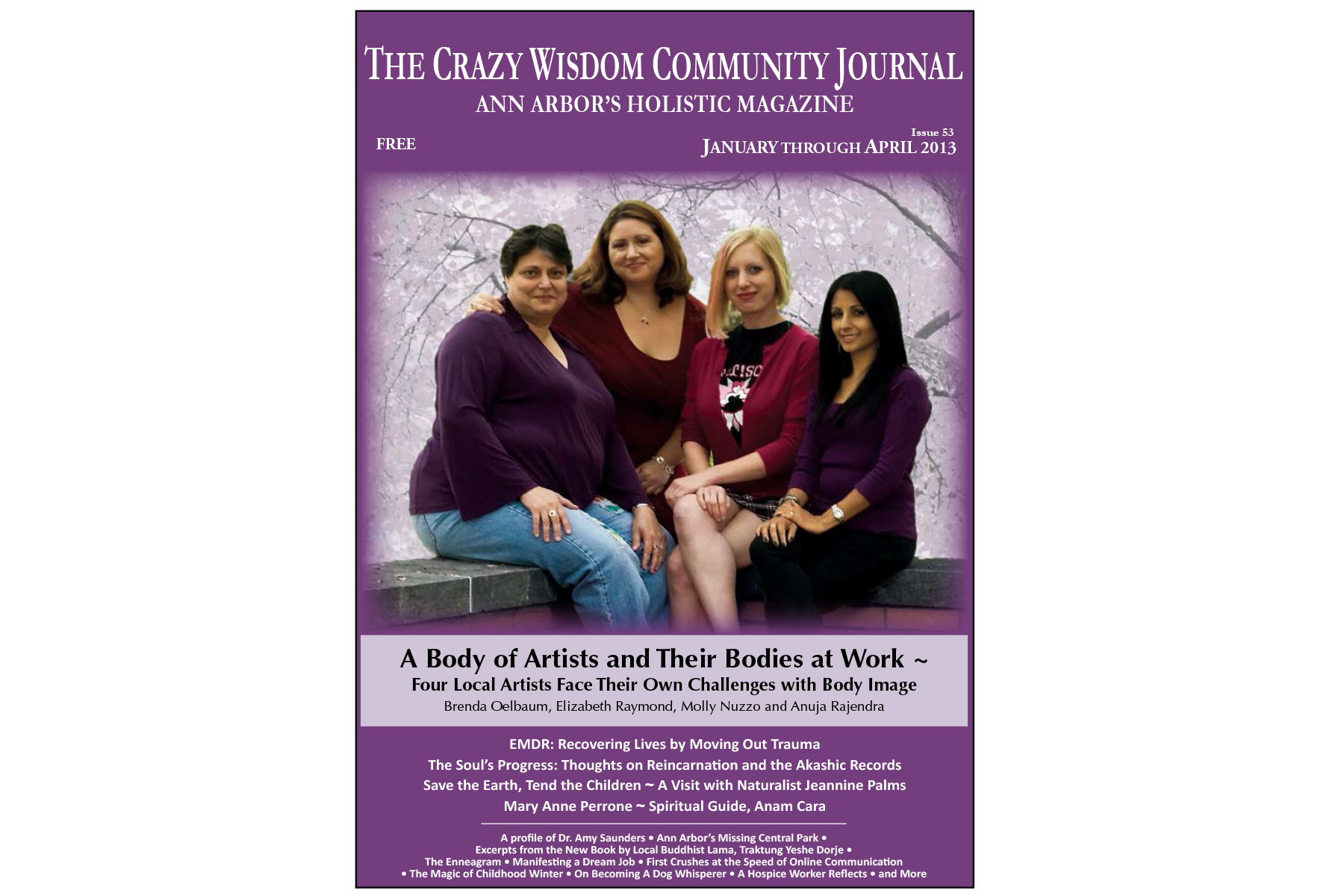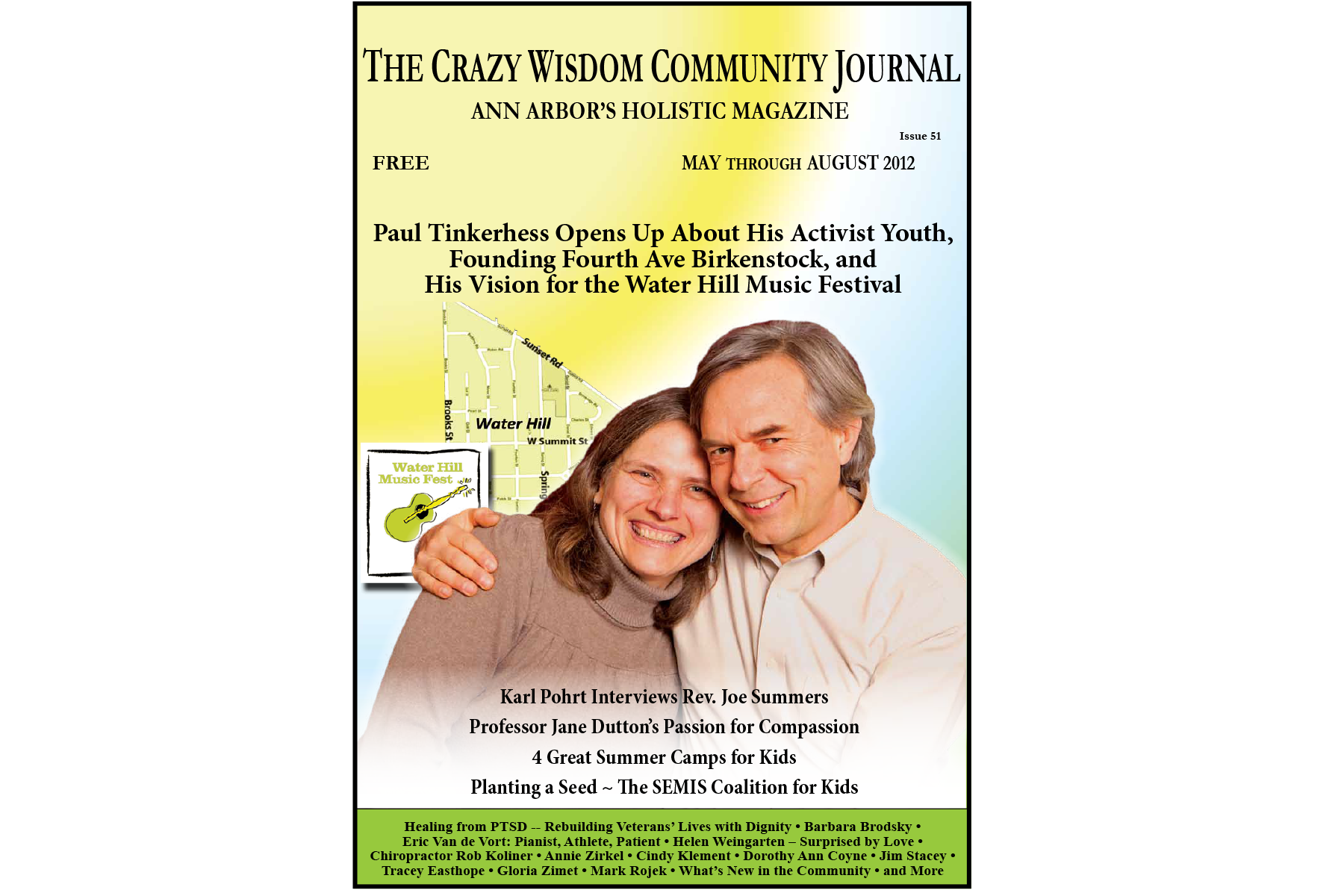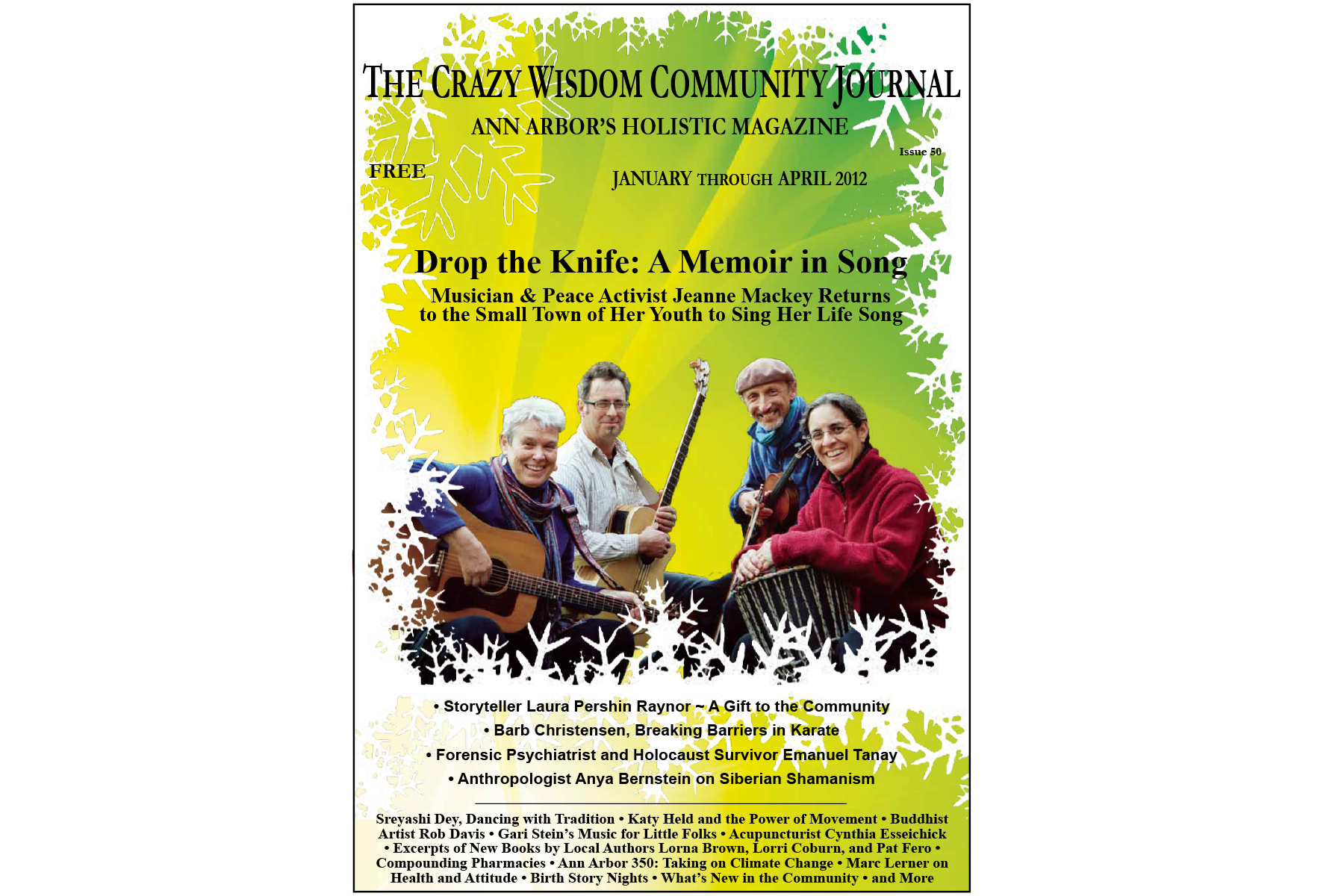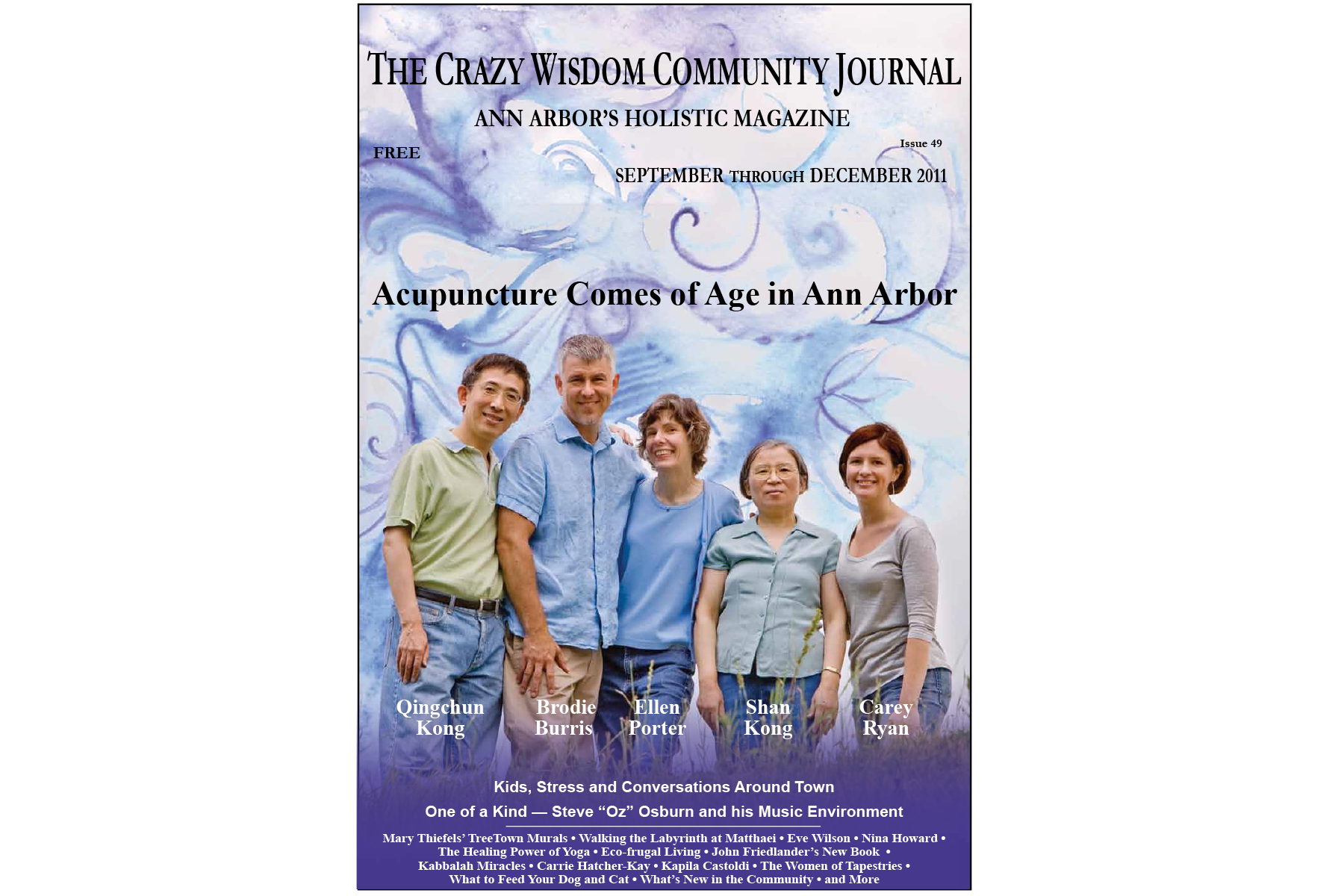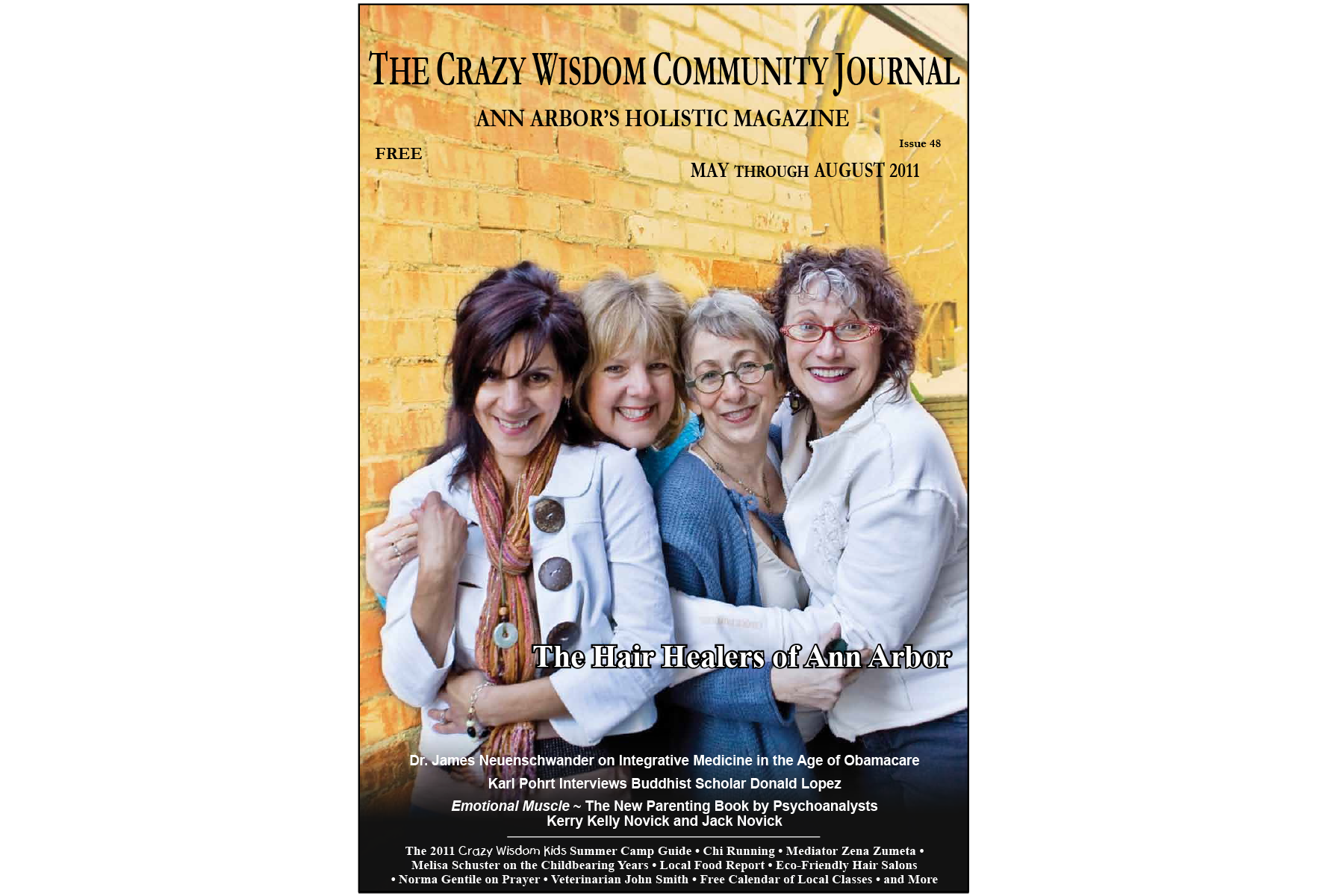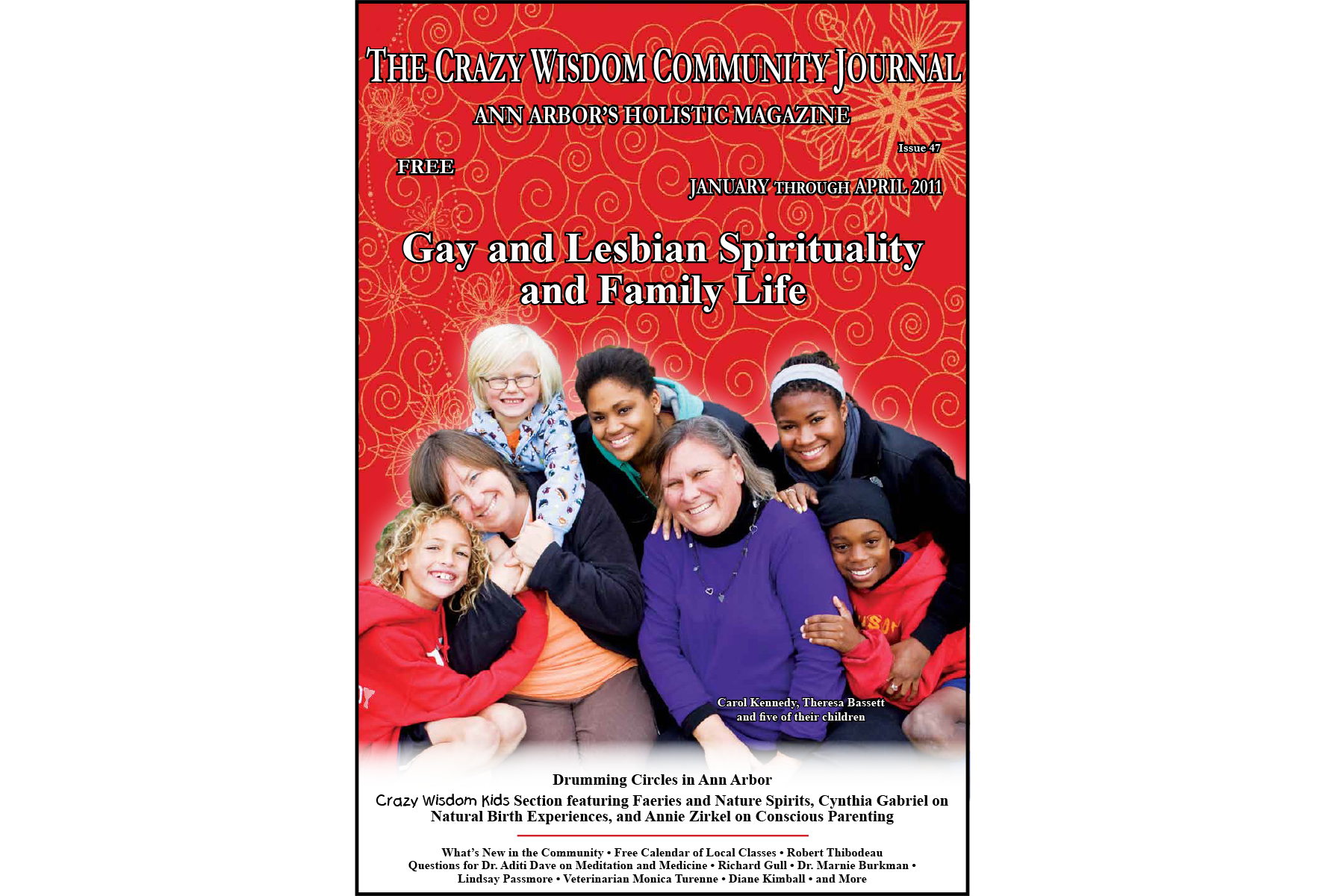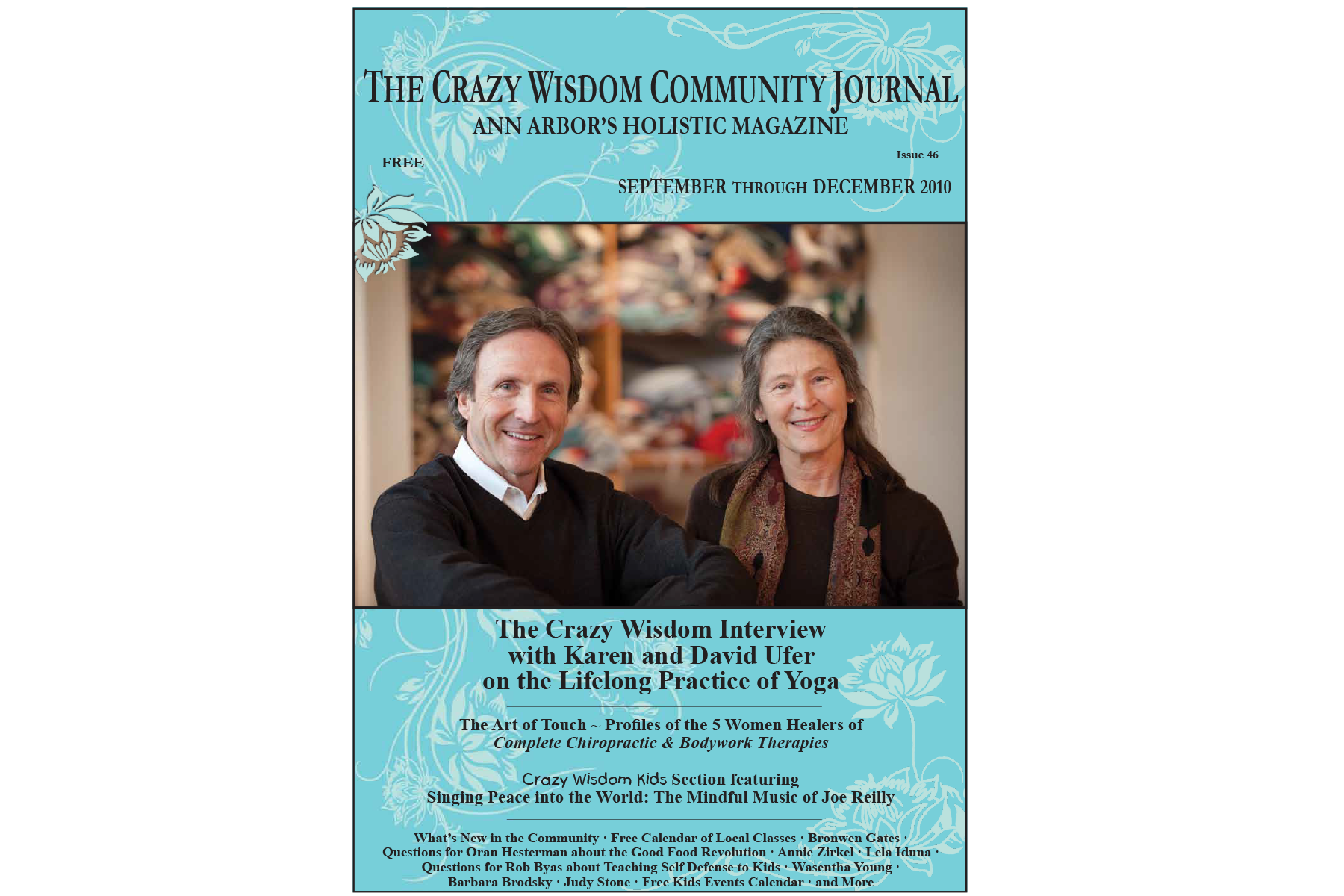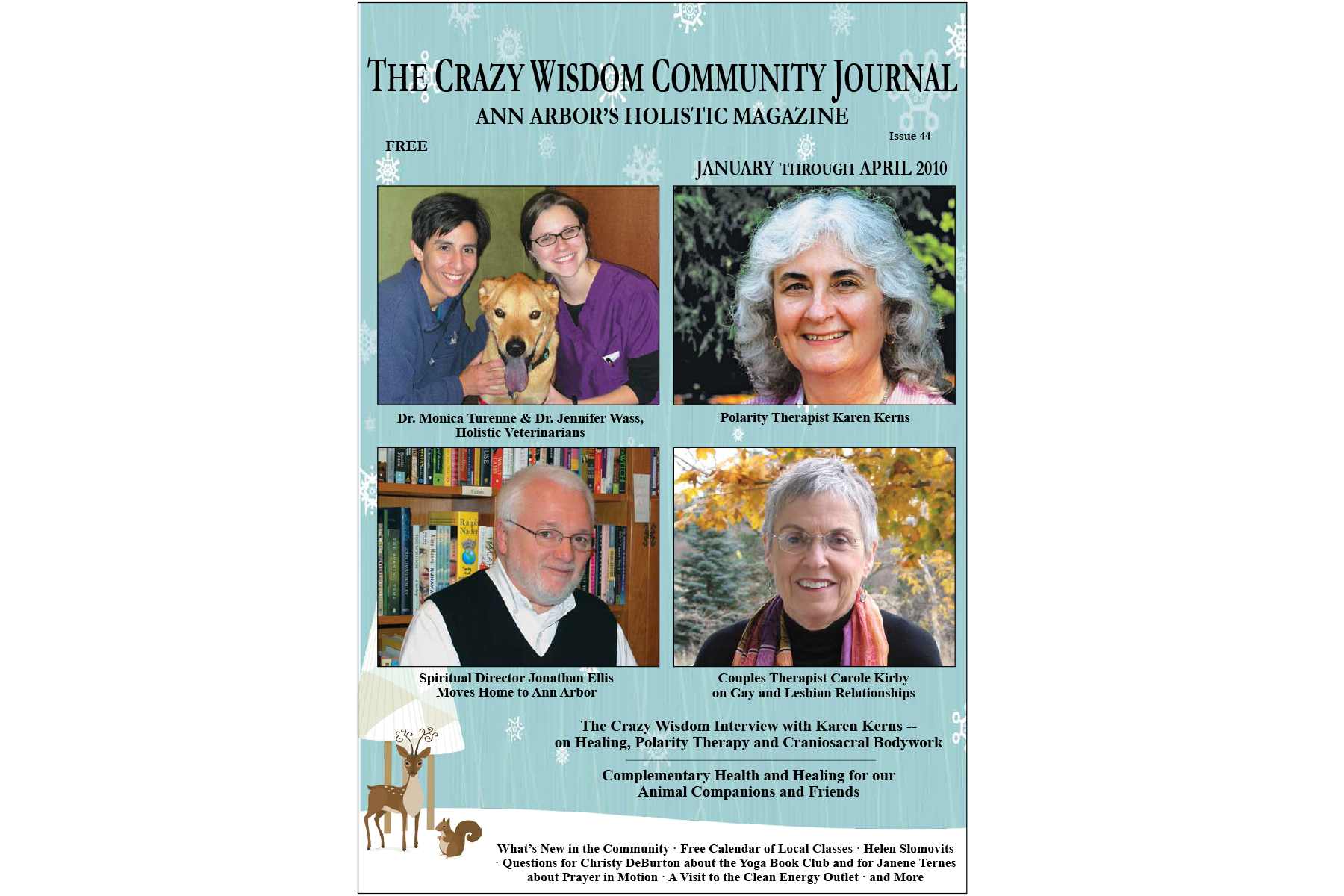The more present we become, the more we increase our capacity for joy. Learning to be present is challenging, irrespective of age. However, integrating mindfulness practices provides youth the tools to better process their feelings.
Conscious Parenting: Meditation For Breakfast
I’m really good at anger; I always have been. The fight response in my threat system is ready to launch. If I wanted to slip back into my old baseline of anger in that moment, I had plenty of reasons to: I was in a rush, I was hungry, I was feeling unappreciated for the things I didn’t forget to do for my sons, I was feeling vulnerable at my son’s implication that my best wasn’t enough, and I was feeling blamed for “ruining” my son’s morning routine.
Moving Meditations and Comparative Prayer Forms: An Exploration of Altering One's Consciousness Through Movement
One day while teaching Tai Chi—somewhere between forms—I was no longer cognizant of my body, my students, the studio, not even time! There was suddenly nothing except delightful whiteness, bliss, and an ethereal consciousness. When I came back to the immediate physical surroundings, I admitted to my students, “Ummmm I lost count. Was that two or three Part the Horse’s Mane?” We all laughed. Later, I recalled having had other similar experiences during movement as well as sitting/lying inert.
Vipassana: A Meditation For Daily Living
There is a wonderful meditation practice that was taught by Gautama Buddha more than 2500 years ago called Vipassana. Vipassana, sometimes referred to as Insight Meditation, helps us to cultivate inner calmness and exceptionally clear seeing into our present moment experience, whatever that may be. I learned this practice as a Theravada Buddhist monk in Thailand in the 1970’s and it continues to be my foundational meditation practice to this day.
CW Kids in the Community: Finding an In-Person Meditation Class for Your Kid
Kids who have been isolated this year might benefit a great deal from a meditation practice in the fall. Meditation is not just a way to relax—it gives kids a toolkit for handling stressful situations that life brings. It can be tricky to figure out which programs are going back to in person and what options are out there, so we did the digging for you to help families find some popular and newer meditation classes around town. Many of the meditation teachers featured graciously explained what a class with them is like, so you can get a sense of whether this is a fit for your little one. Namaste, fellow parents. It’s been a long year, and you’ve done an amazing job holding it all together for your family.
Finding Wellness Through Your Spiritual Anatomy
What do you get when a poet and a chiropractor set out to explore and revitalize the physical body from a spiritual perspective? Poet Elizabeth Alberda and I created the work and workshops called Spiritual Anatomy. Our journey took us from the inner workings of the body’s organs and tissue to the mystical and mythical writings and imaginings of teachers and scholars.
THE POWER OF YOGA NIDRA
A lot of people have a hard time meditating, but one of the things we all know how to do is sleep. Every night when we fall asleep, there’s one thing we must do to be successful—we have to let go of our thoughts.
Yoga Nidra is a sleep meditation. It uses the biological process of sleep to help us naturally and effortlessly disengage from our thoughts. So, we don’t have to struggle to sit up straight, no kinks develop in our knees, and there is no pain in our back. Instead, we are lying down in a comfortable position and relaxing toward sleep, where we can experience the deepest states of meditation effortlessly.
Reflective-Meditation-for-Worriers
Almost everyone I know worries at times, some more than others. A very few lucky people report little to no worrying. I’m not one of them. In periods of high stress, it even affects my sleep. I have a hard time falling asleep or I wake up frequently thinking about the same thing over and over. Worrying can involve anxiety, fear, anger, hopelessness, irritability, hostility, helplessness, and depression. It takes its toll on our physical health—headaches, stomach aches, migraines, sleeplessness, fatigue…the list goes on.
Why I Teach Meditation
In the wonderful Dr. Seuss books that narrate the adventures of The Cat in the Hat, we are introduced to the Cat’s helpers named “Thing One” and “Thing Two.” When he wants to create maximum mischief, the Cat brings out these two little guys. And do they know how to party! Their antics can go on for numerous pages, involving all sorts of outrageous projects, which always lead nowhere.
